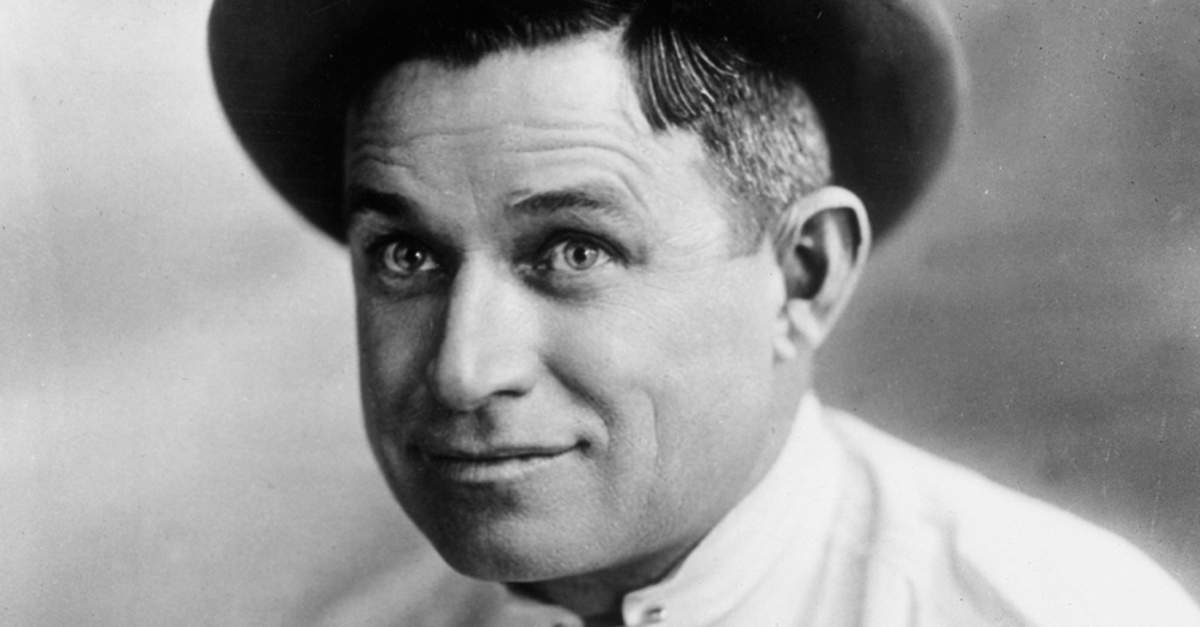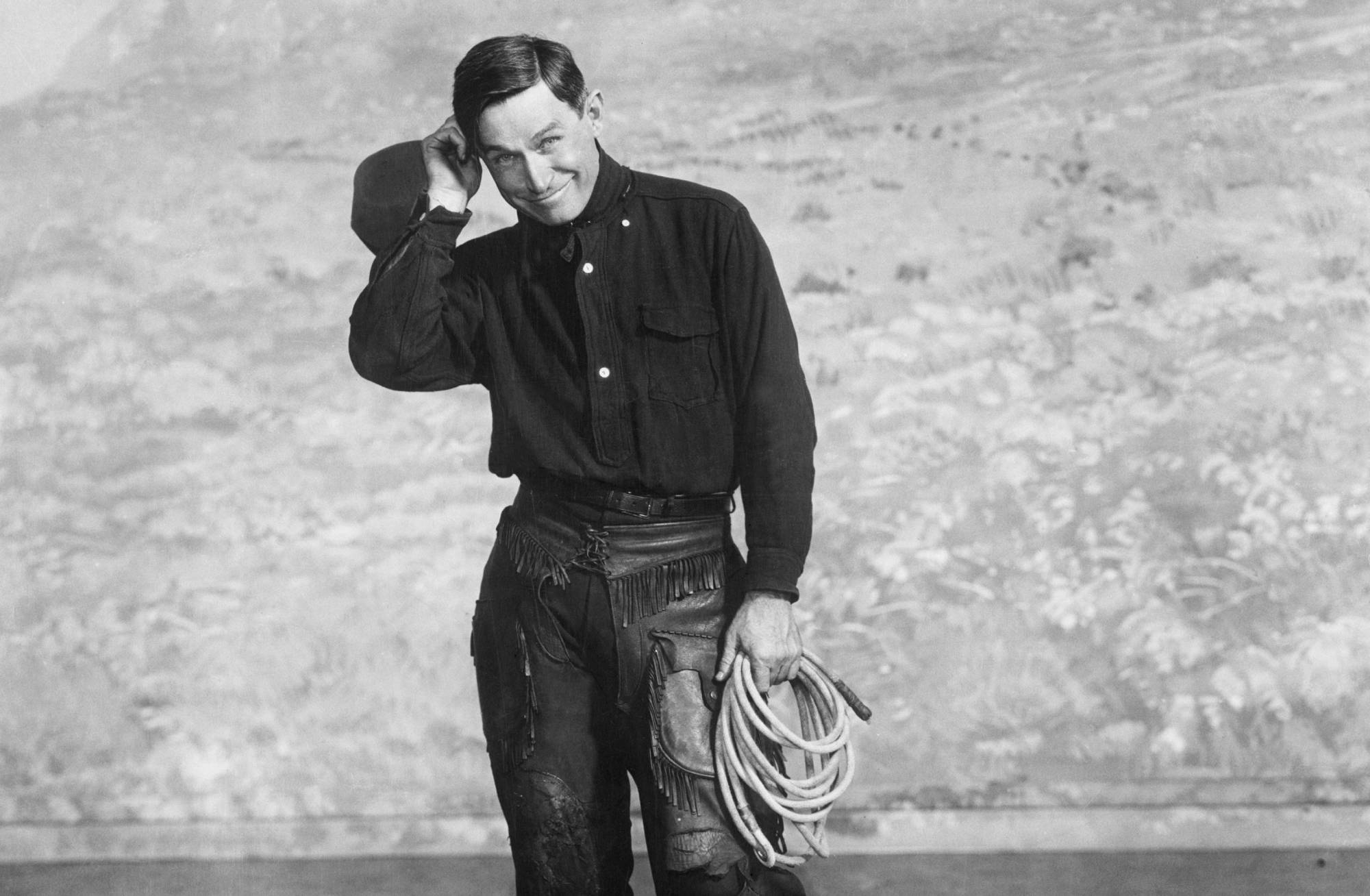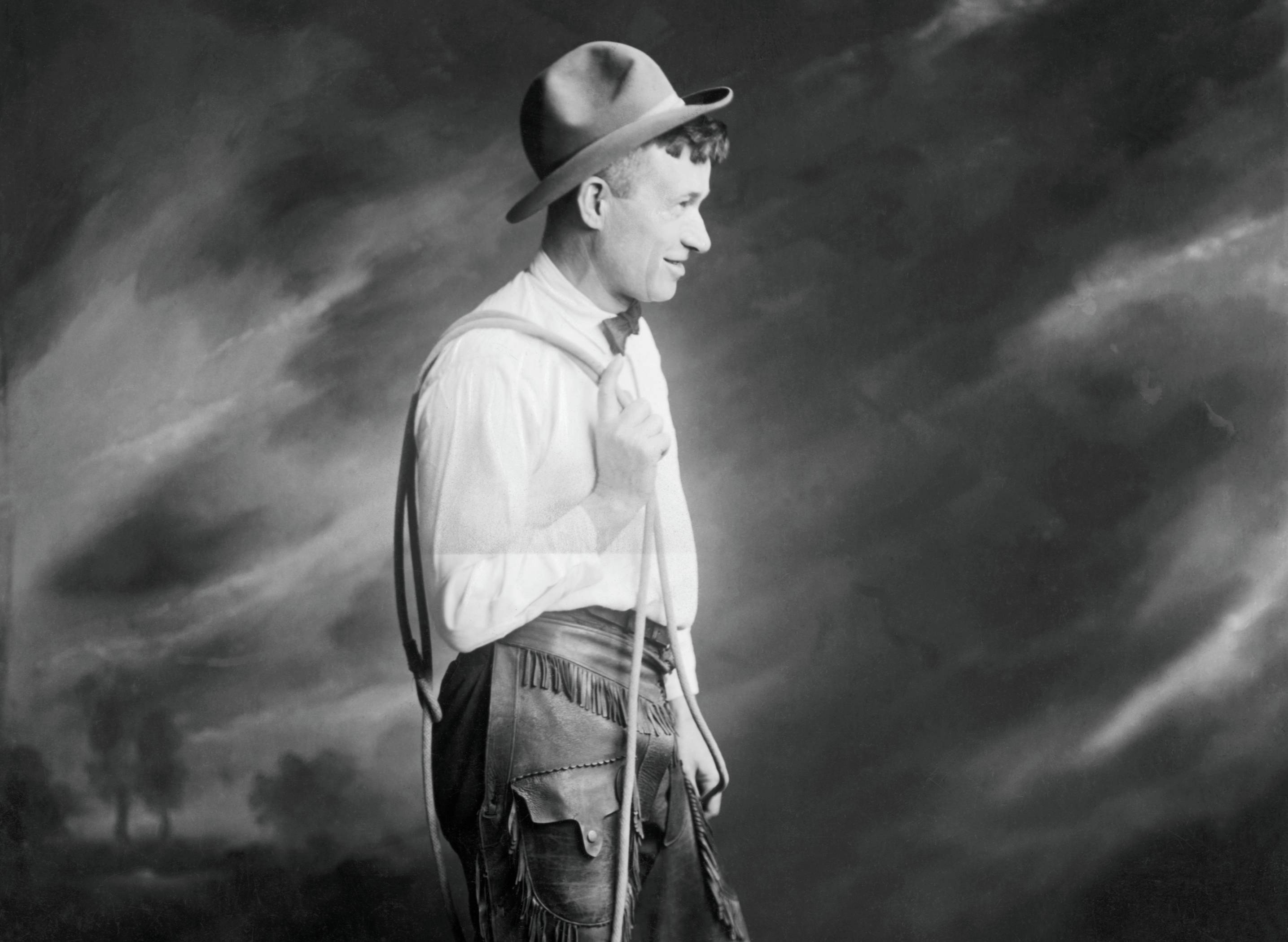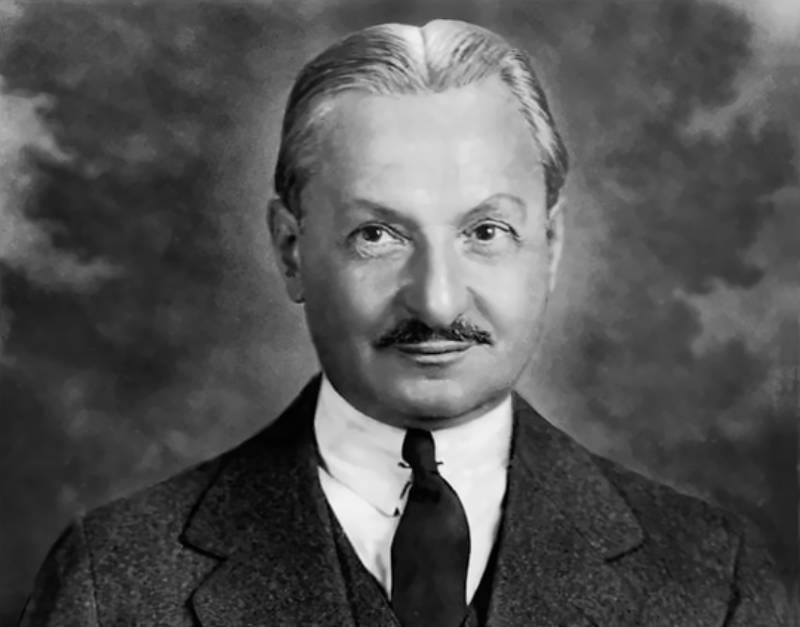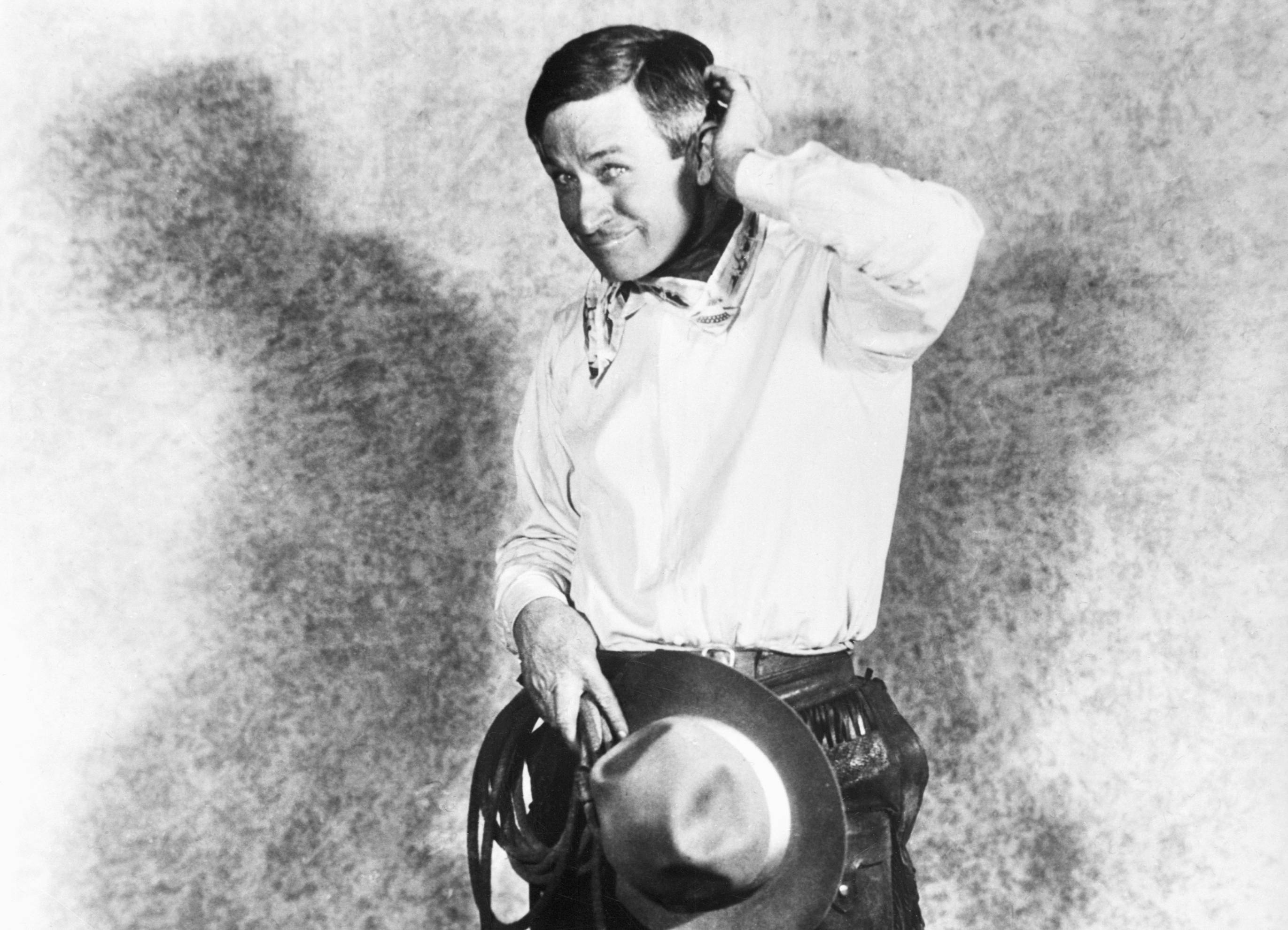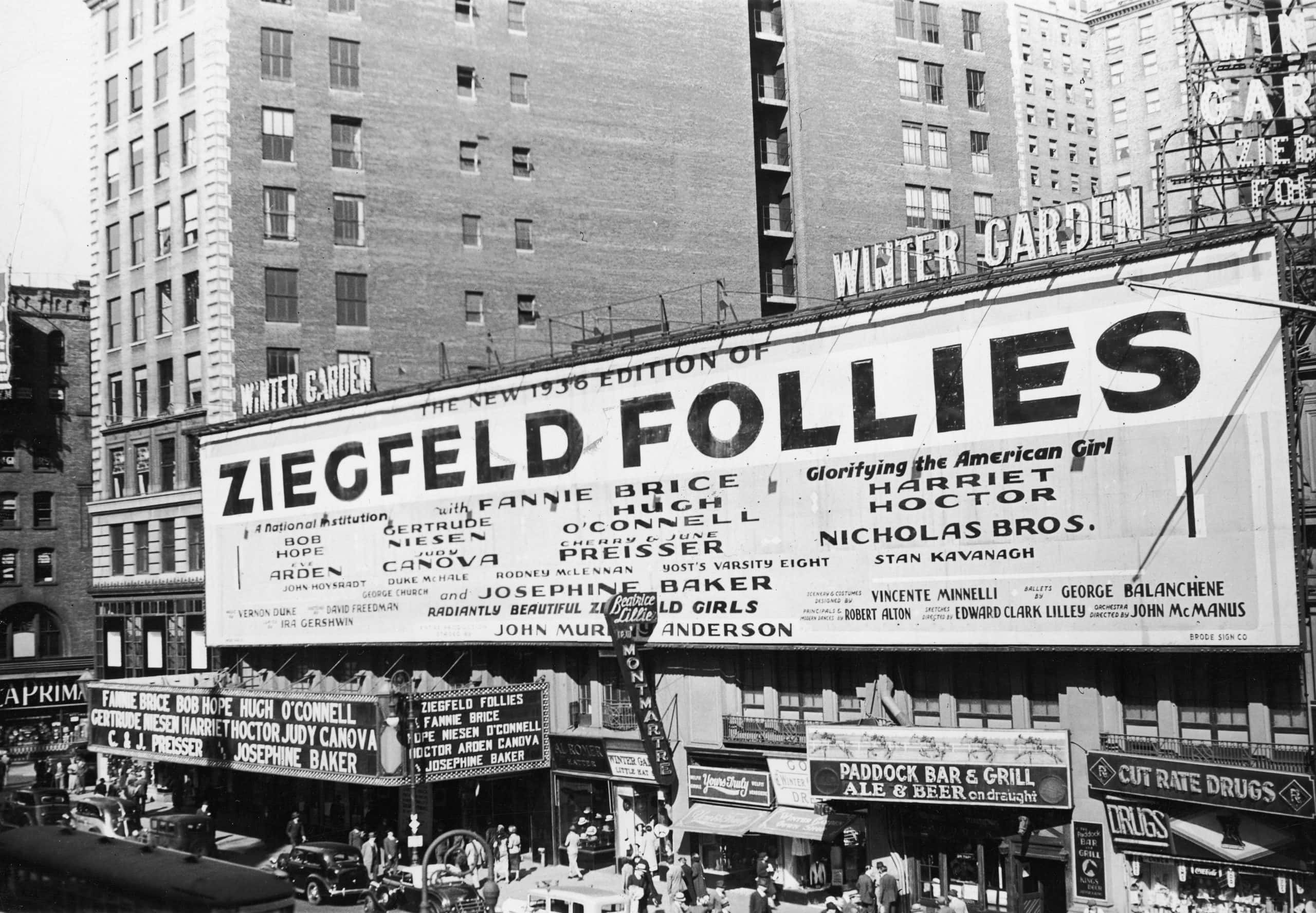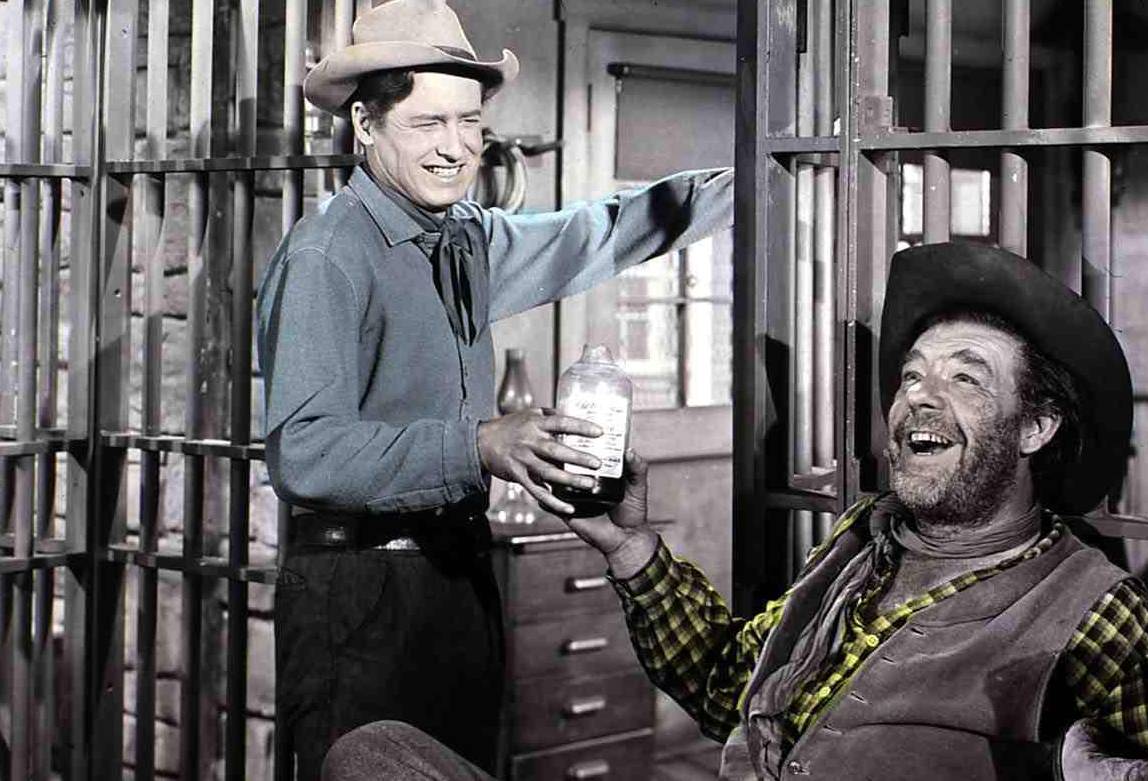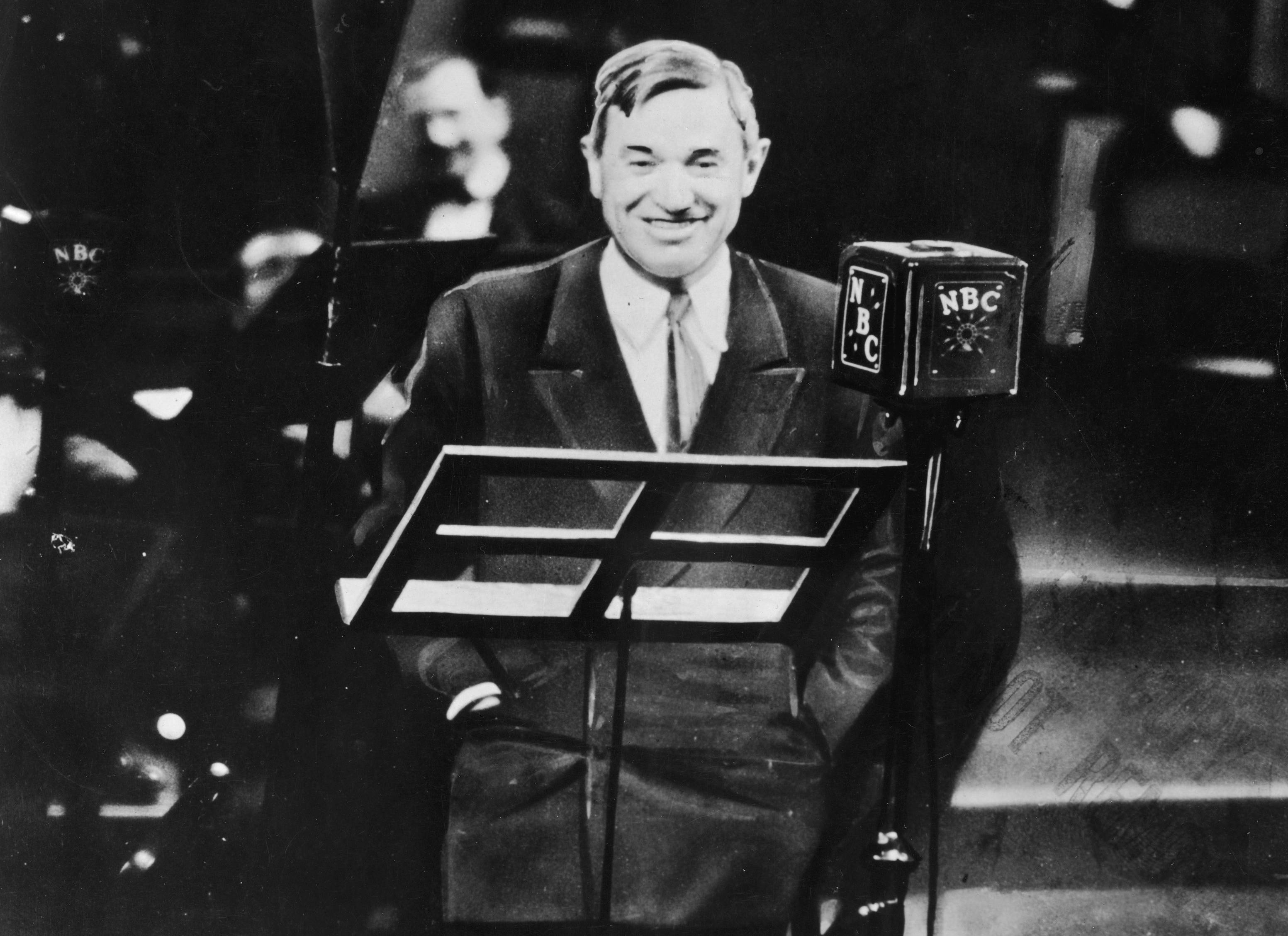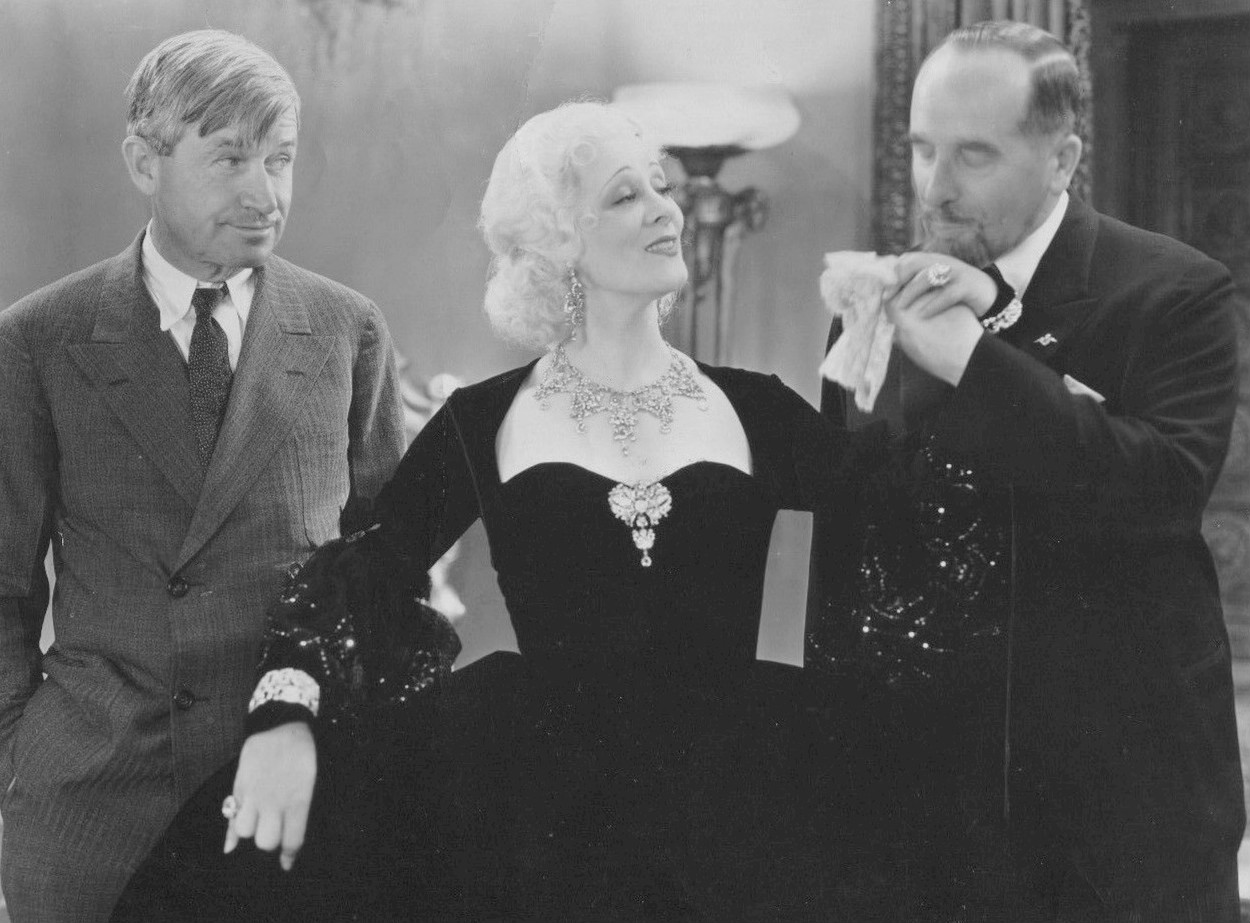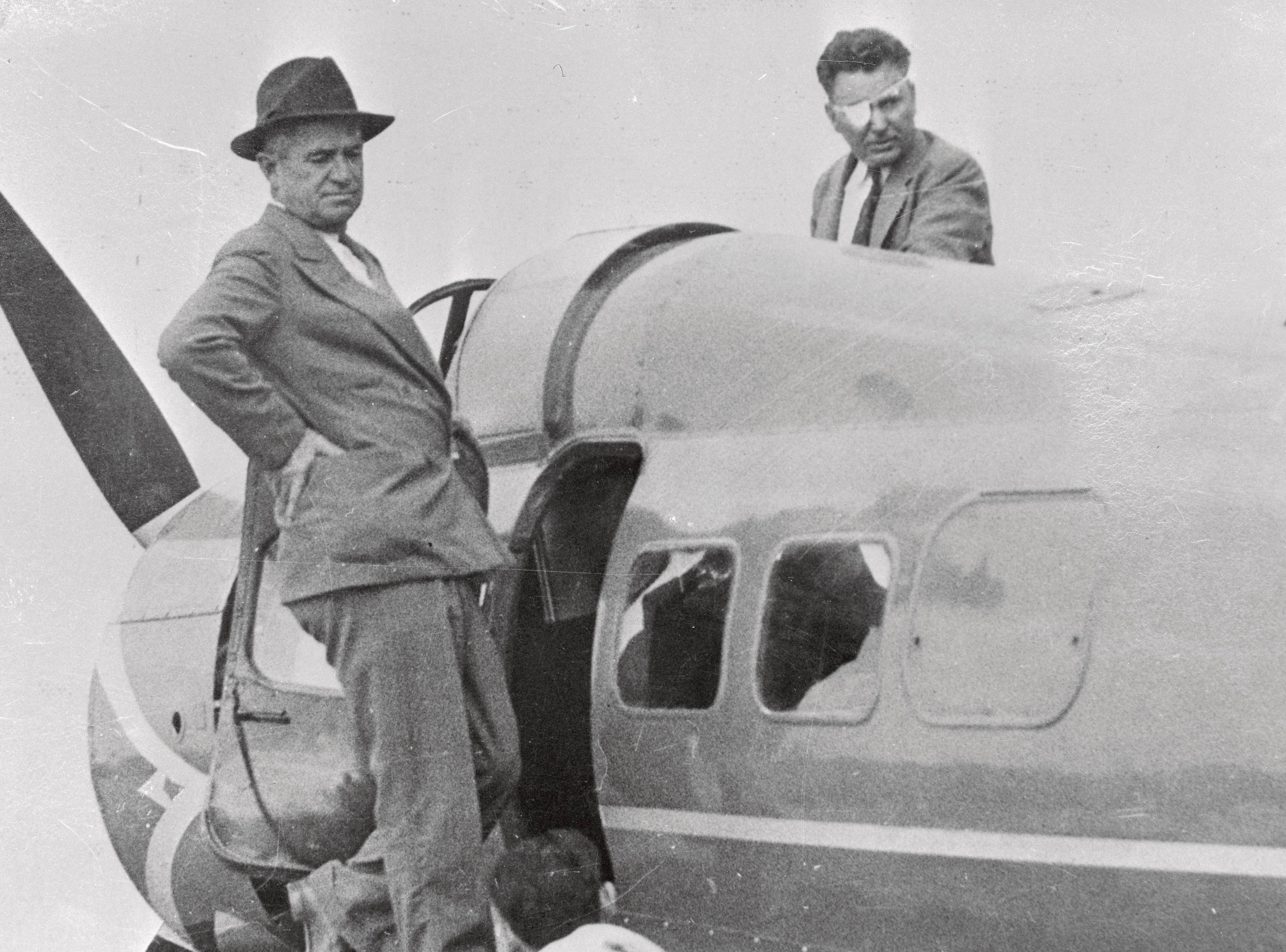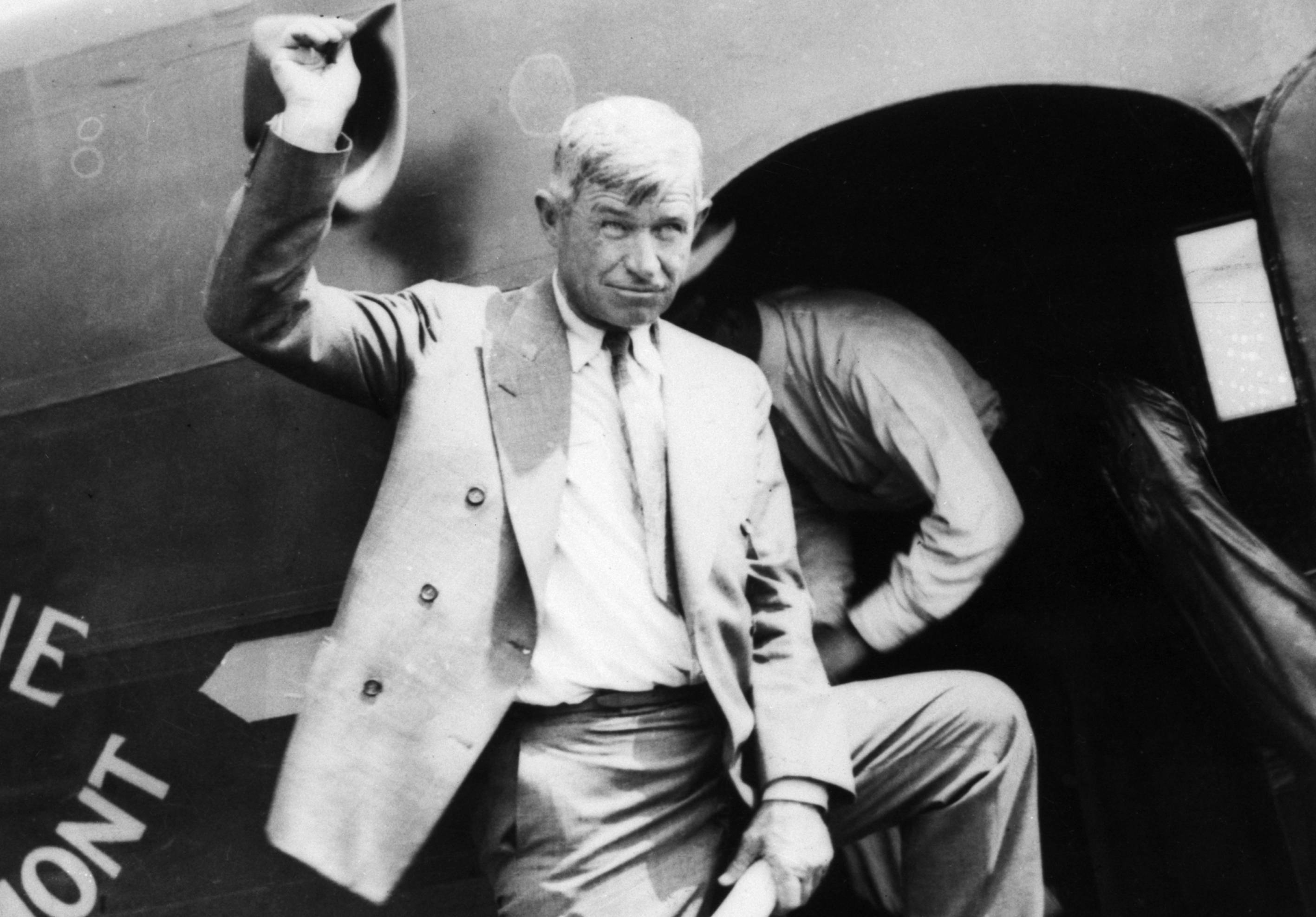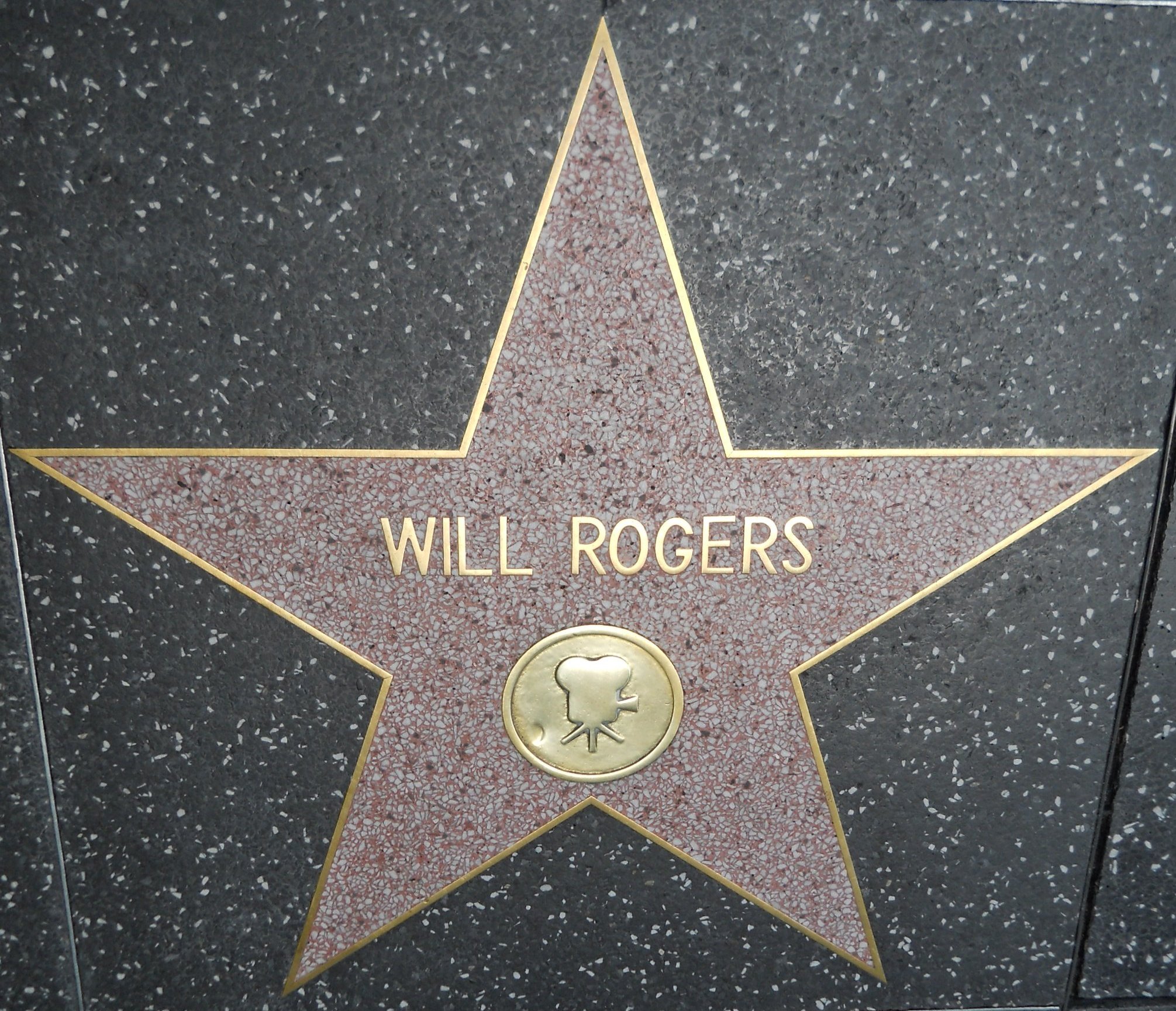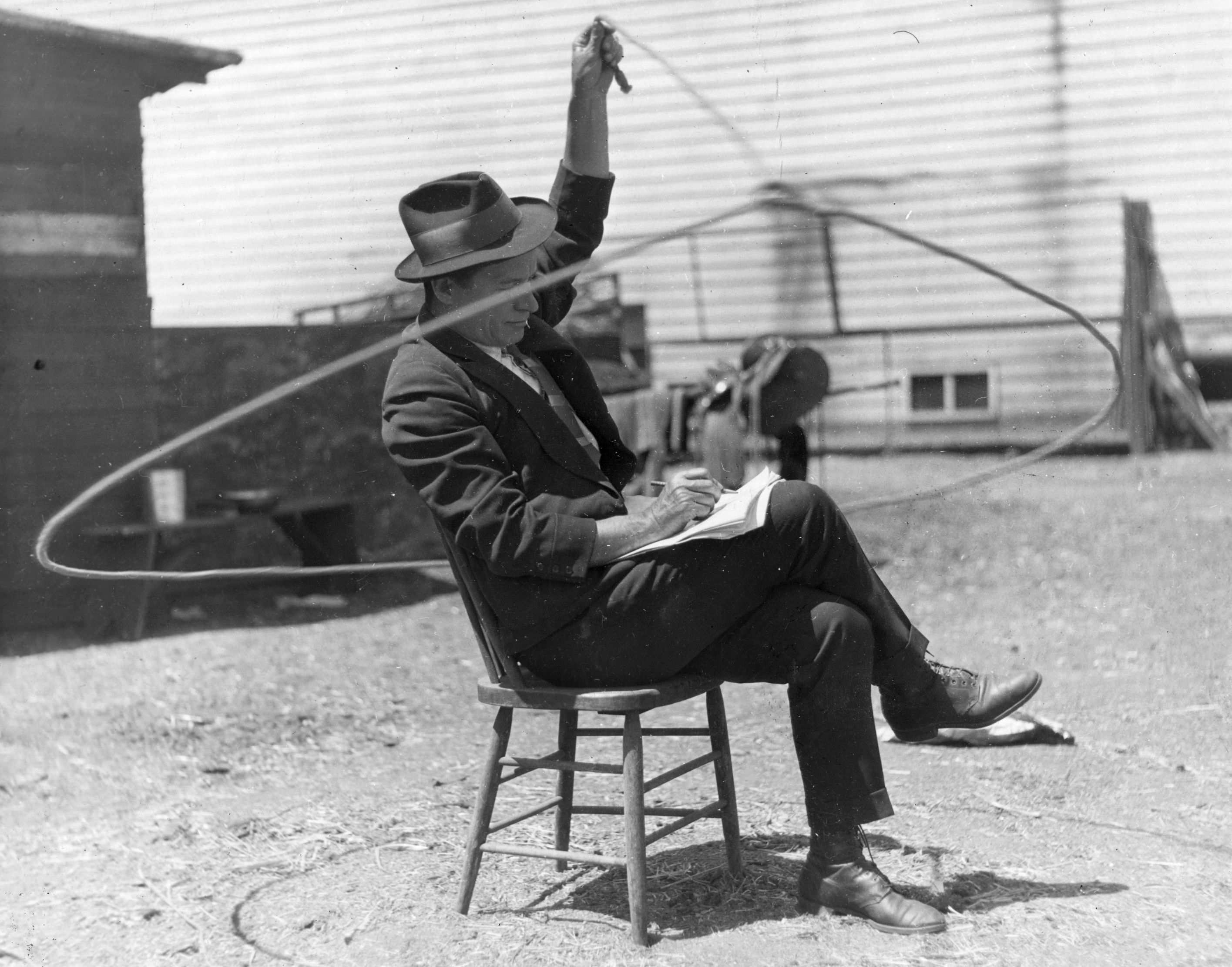Will Rogers could simultaneously throw three lassos, but nothing could protect him from the fatal journey that took his life.
1. He Was A Cowboy Philosopher
Will Rogers started out as a cowboy doing rope tricks on Vaudeville, but he opened his mouth and started talking, audiences couldn’t get enough of his homespun wisdom. Before long he was writing columns in The New York Times, appearing on Broadway, and starring in Hollywood films.
But his success only makes his tragic and unexpected passing even harder to fathom.
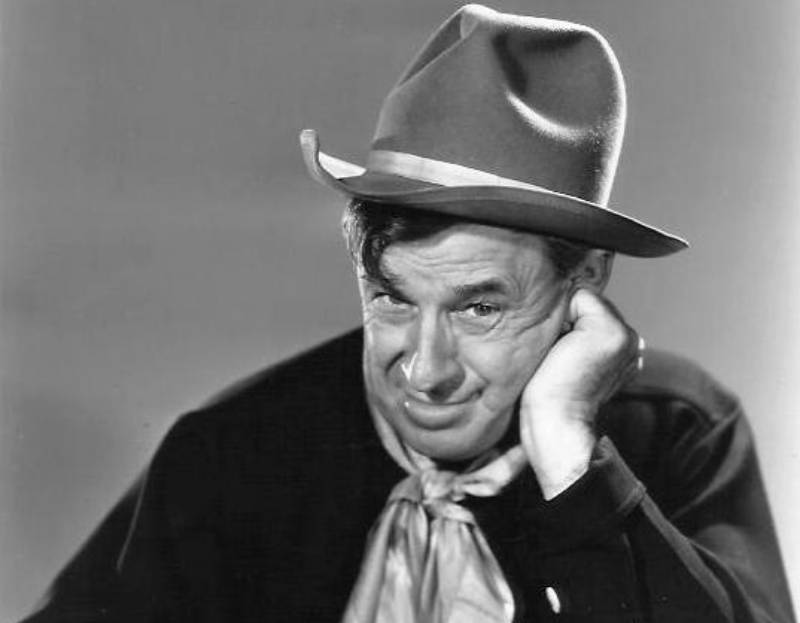 MGM - Clarence Bull, Wikimedia Commons
MGM - Clarence Bull, Wikimedia Commons
2. There Was Tension
Will Rogers was born on November 4, 1879 in Oklahoma. His parents, Clement V Rogers and Mary America Schrimsher had Cherokee ancestry, and Dad was an attorney and judge for the Cherokee Nation. Rogers felt closer to his laid back mom, but Clement had high hopes for his son.
It was becoming a battle royale between father and son—until a collection of tragedies burst the family wide open.
 Unknown Author, Wikimedia Commons
Unknown Author, Wikimedia Commons
3. He Suffered Early Tragedies
For a short period, Rogers lived in a rather full household. Sadly, of his seven older siblings, only three lived to become adults. But the tragedy wasn’t over yet. When Rogers was 10 years old, his mother caught amoebic dysentery and didn't survive the infection. Even worse, mom had been Rogers’ close ally when dad was pushing him too hard.
Now Rogers had to face his father alone.
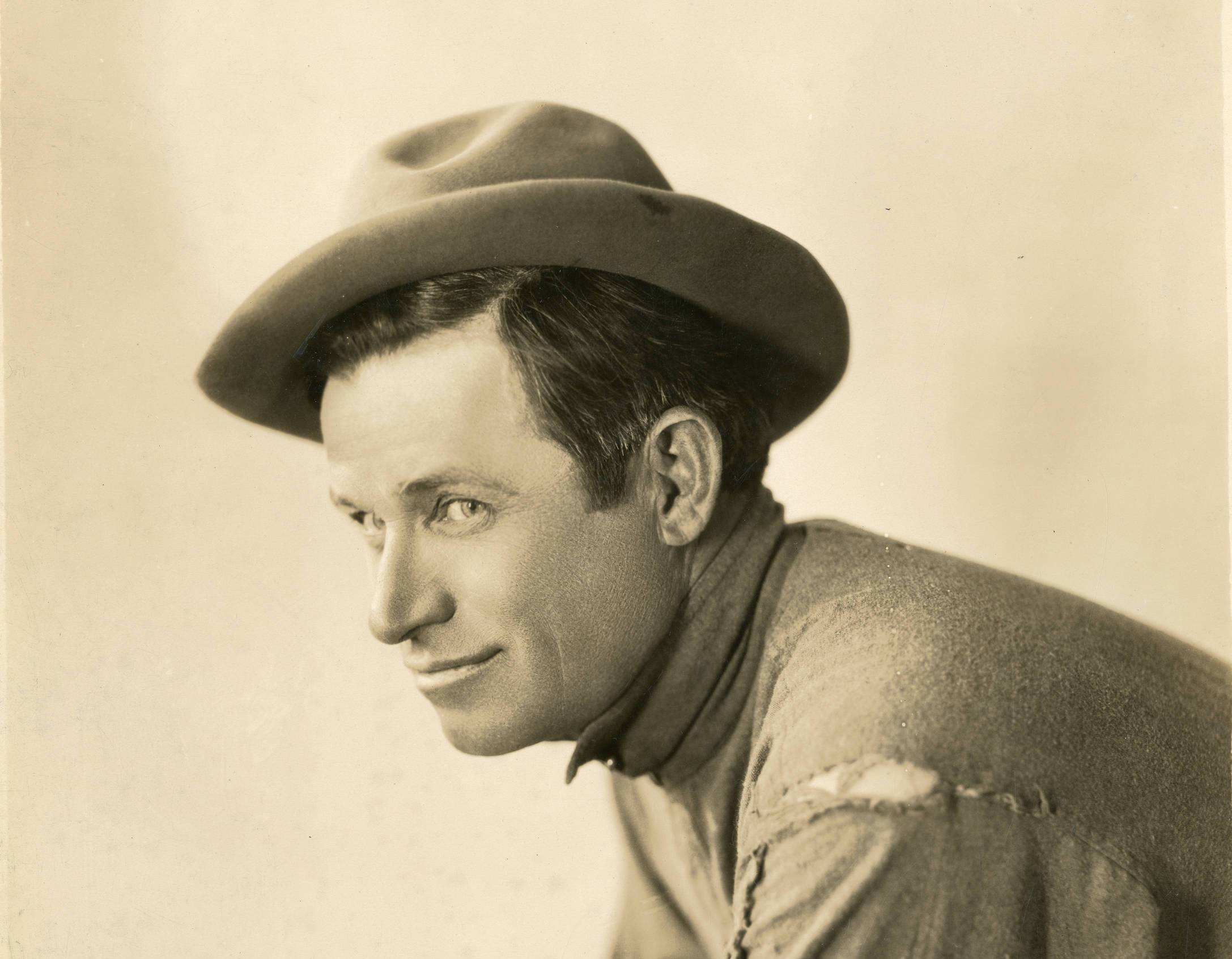 University of Washington, Wikimedia Commons
University of Washington, Wikimedia Commons
4. He Disagreed With His Father
Dad’s ultimate goal for his son was a job in the business world, but that was the last thing Rogers had an interest in. In fact, he disappointed his father by quitting school when he was in the 10th grade. Rogers was no academic—he had something else that thrilled him. He loved everything to do with being a cowboy.
He had a plan to make this into a career—whether his father liked it or not.
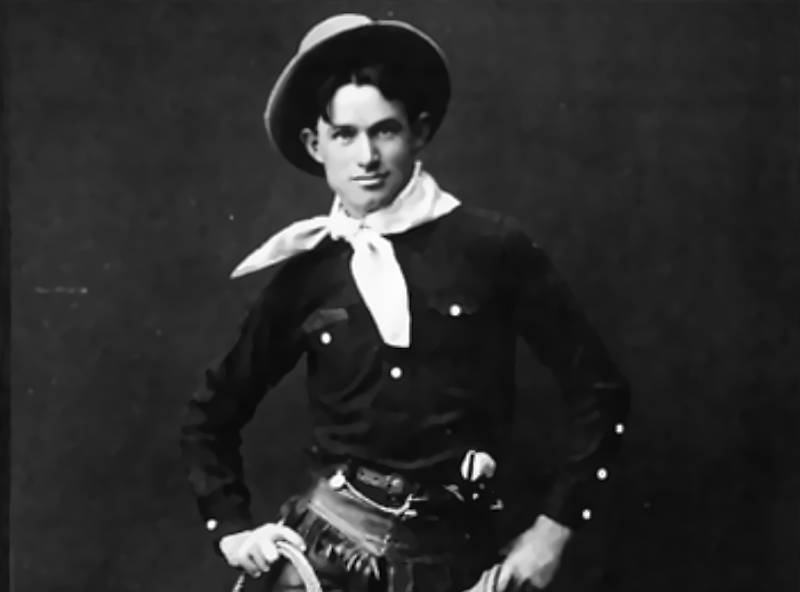 Unknown Author, Wikimedia Commons
Unknown Author, Wikimedia Commons
5. He Had A Crazy Idea
When Rogers was 20 years old, he started working as a performer in rodeos. After two years of struggling, he and a friend came up with an outlandish money making scheme. They would move to the other end of the world—Argentina—and become gauchos. It was a crazy plan, and Rogers was crazy enough to try it out.
Let’s just say, it didn’t go quite as planned.
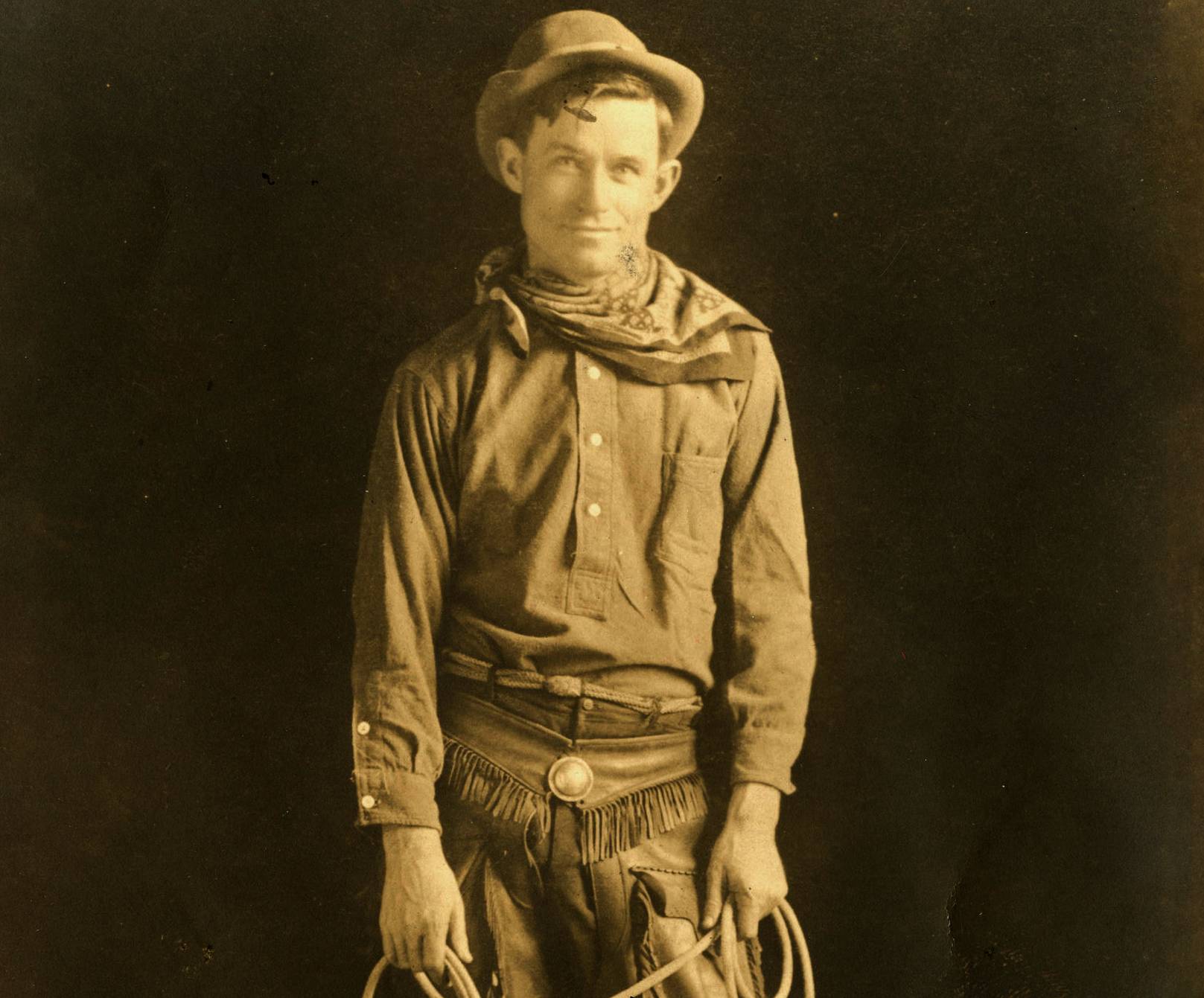 University of Washington, Wikimedia Commons
University of Washington, Wikimedia Commons
6. He Didn’t Learn
The Argentina plan was a disaster. Within five months, the two friends had spent all their money and had nothing to show for it. Out of options, the two men parted ways—but Rogers hadn't learned his lesson yet. This time he boarded a ship to South Africa.
It turned out to be the best decision he ever made.
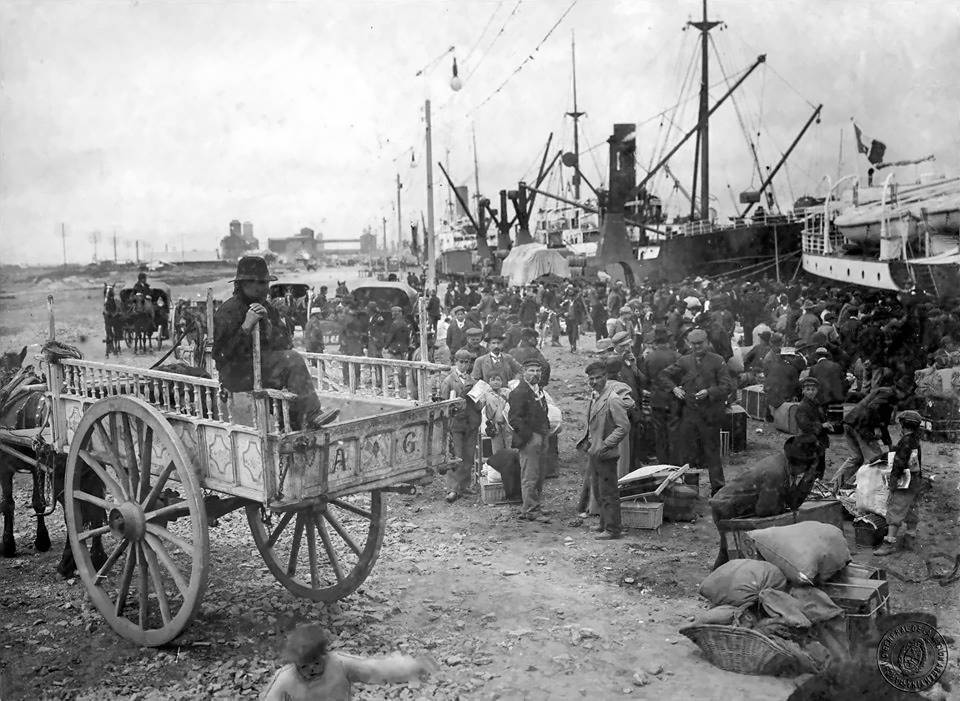 Archivo General de la Nación Argentina, Wikimedia Commons
Archivo General de la Nación Argentina, Wikimedia Commons
7. He Was The Cherokee Key
Rogers took his rodeo skills and quickly turned them into a money maker. In South Africa he joined Texas Jack’s Wild West Show as “The Cherokee Kid” and honed his craft. His next stop was Australia, where he joined another circus. In 1904, it was time to return to America. Certainly his father wouldn’t be happy with his career choice, but Rogers knew what he wanted.
He would do whatever it took to be an American rodeo star—even if it involved risking his life.
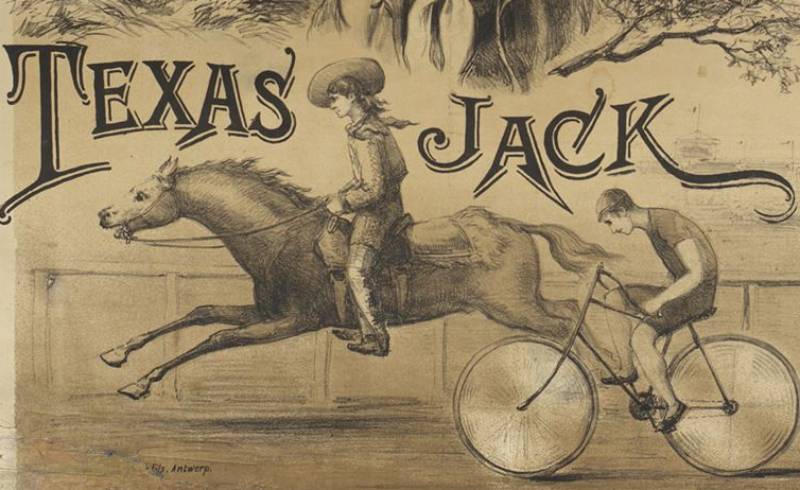 Old West Events online Auction, Wikimedia Commons
Old West Events online Auction, Wikimedia Commons
8. It Broke Out
After honing his craft around the world, Rogers had an act ready to go. He just needed something to get him noticed. That day came while performing at Madison Square Garden. During the show, of the steers broke out of the arena and charged at the audience.
Rogers had a choice. Run for his life, or be the hero.
9. He Was A Hero
Rogers chose the hero route, roped the steer, and saved the day. The audience went wild, and Rogers soon saw his picture on the front page of the newspaper. Before he knew it, shows were begging to have the Cherokee Kid join their cast. Rogers had his pick of the litter, and he ended up making a...strange choice. He joined a show called Victoria Roof, a Vaudeville revue on an actual roof.
His career was certainly on an upswing. Just in time for his romantic life to punch him in the gut.
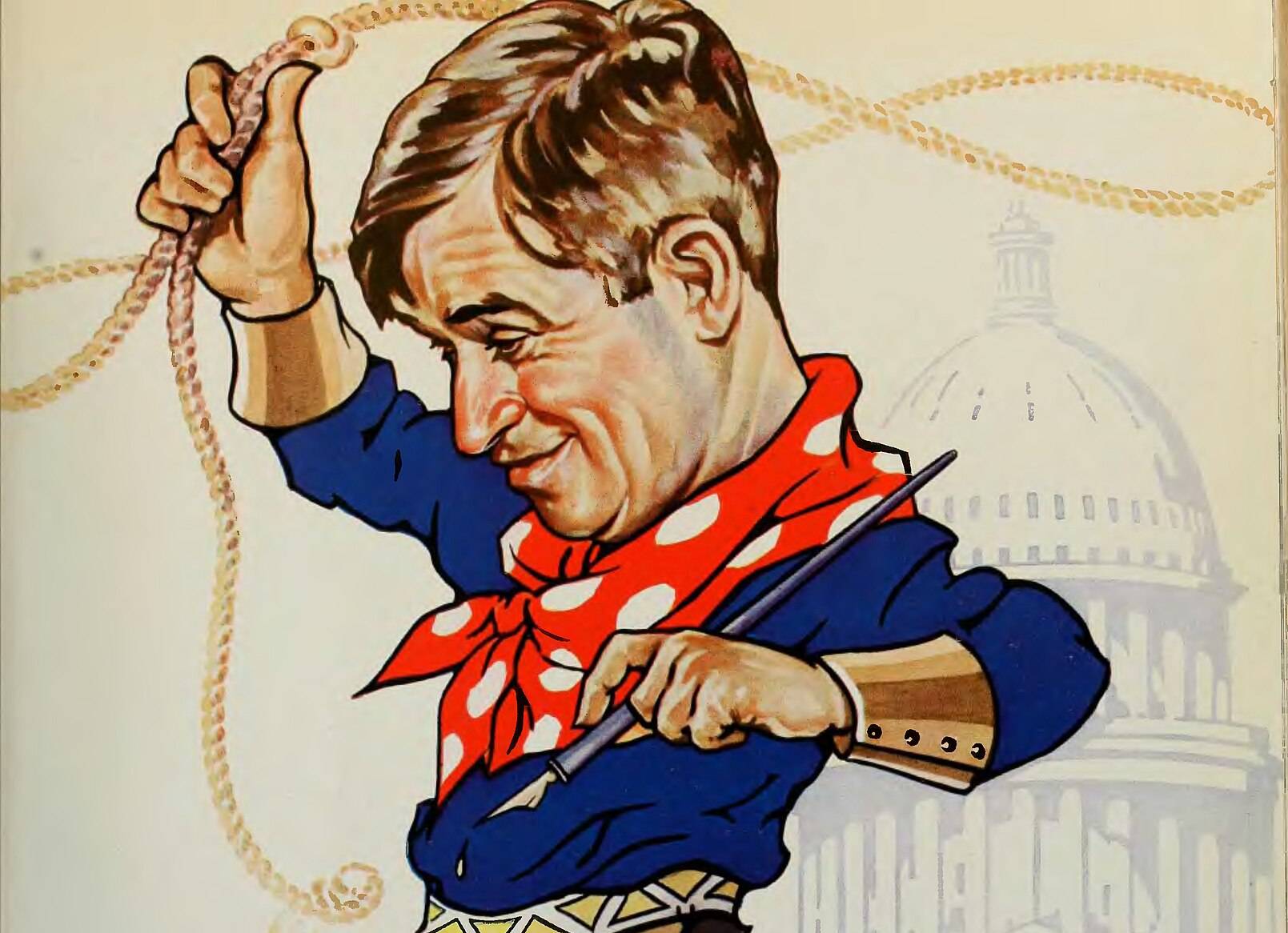 New York, Wid's Films and Film Folks, Inc., Wikimedia Commons
New York, Wid's Films and Film Folks, Inc., Wikimedia Commons

History's most fascinating stories and darkest secrets, delivered to your inbox daily.
10. He Got A No
In 1906, Roger had met and fallen for Betty Blake, and he was ready to propose. Blake certainly saw the good, kind man that Rogers was, and this appealed to her. What didn’t make the cut was Rogers’ love of show business. She didn’t want to be the wife of someone in such an unstable career, so she refused him.
Rogers knew one thing. If he wanted this woman, he was going to have to make a big change.
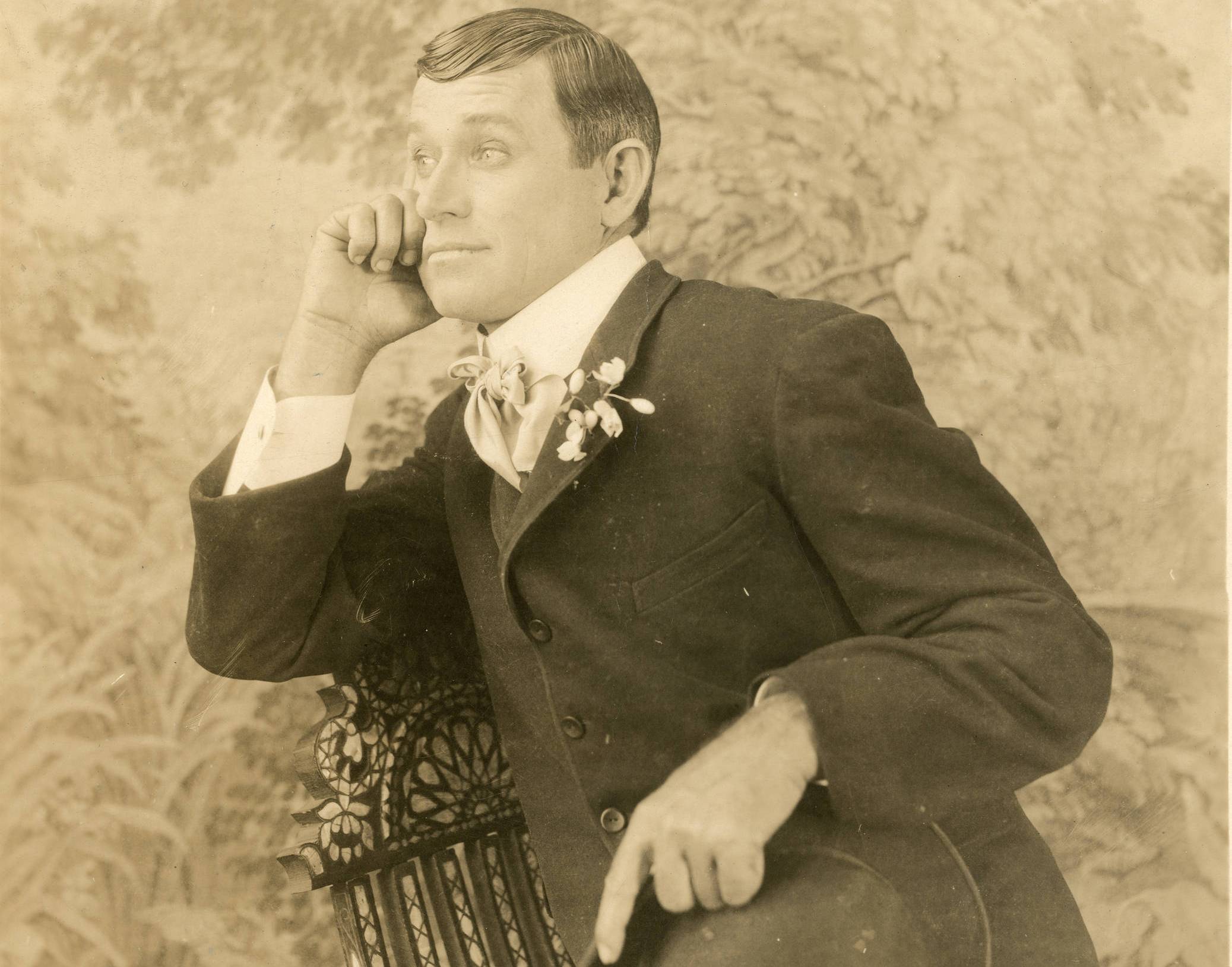 University of Washington, Wikimedia Commons
University of Washington, Wikimedia Commons
11. He Tried One More Time
Rogers eventually decided he loved Blake more than he loved show business. He was soon back down on bended knee, but this time he had a promise. He told Blake that if she said yes, he’d quit show business and settle down with her in Oklahoma. Rogers’ concession impressed Blake, and she accepted.
But Rogers' blushing bride was soon in for a big surprise.
12. She Changed Her Mind
Rogers and Blake wed on November 25, 1908. Rogers was ready to leave show business behind, but he had already booked one last show in New York. The couple made the trip their honeymoon—and that's when Blake not only saw her husband perform for the first time, but also saw all the job offers he received.
She immediately did a complete about face and decided to fully support Rogers in his career. And the good news just kept flowing.
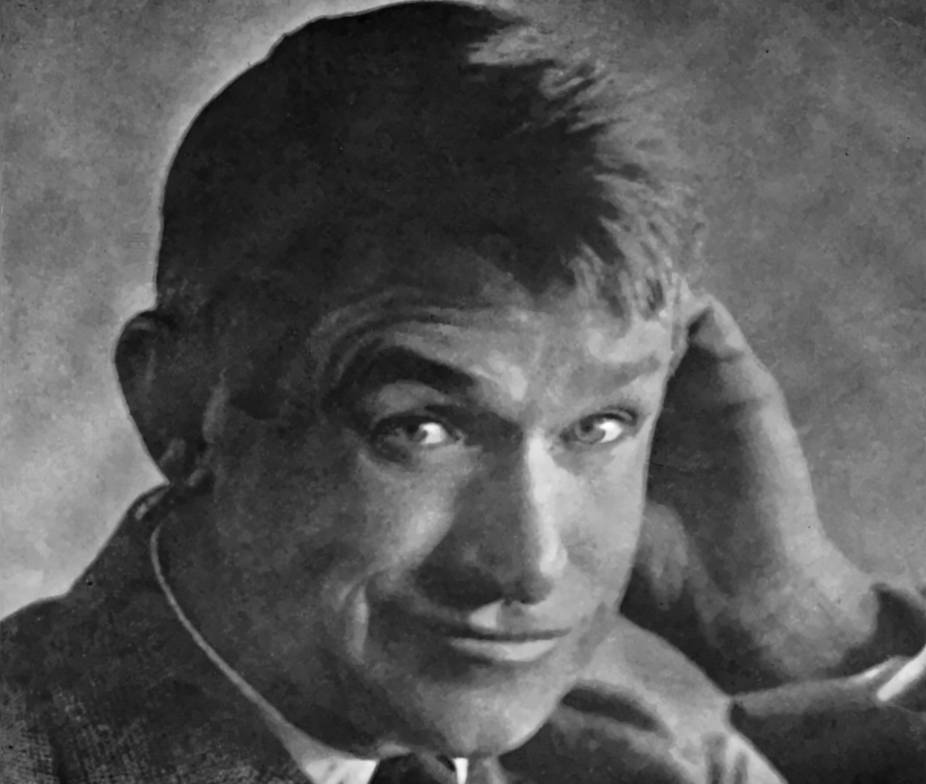 Melbourne Spurr, Wikimedia Commons
Melbourne Spurr, Wikimedia Commons
13. He Came Around
All this time, Rogers and his business-minded father had remained at odds. Dad just saw Rogers as carelessly moving from one profession to another without any real direction. But now that his son had a wife and was regularly performing in places like New York City, dad had to come around. The two were just starting to reconcile when, in 1911, Rogers’ dad suddenly passed.
Sadly, dad would never see what happened next.
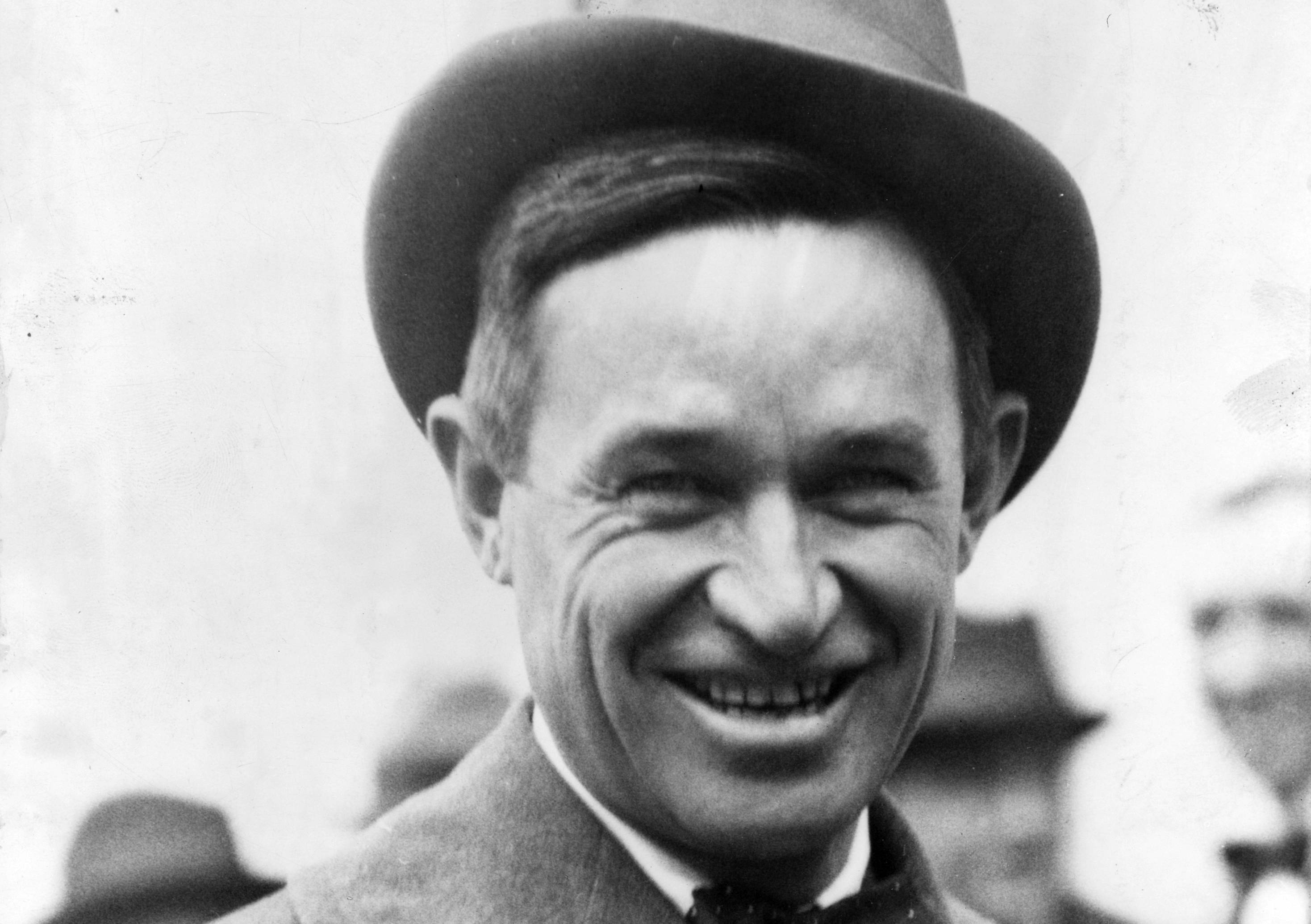 Underwood & Underwood, Wikimedia Commons
Underwood & Underwood, Wikimedia Commons
14. He Was Between Acts
Rogers soon received an offer to appear on Broadway. His first show was The Wall Street Girl, and he did something surprising between the acts of the show. While the upscale patrons of the George M Cohan’s Theater waited for the next act to begin, Rogers brought out his ropes and entertained them with tricks.
One day Rogers’ cowboy antics made a huge impression on a very important person.
![]() Architecture: George Keister, Wikimedia Commons
Architecture: George Keister, Wikimedia Commons
15. He Had To Be Funny
Florenz Ziegfeld had seen Rogers’ stuff and offered to put him in his burlesque show. As a cowboy star with a pony, Rogers was wary of a show that relied on laughs. Then he saw what they were going to pay him. That quickly brought him on board.
The show was Florenz Ziegfeld’s Midnight Frolic and Rogers decided he needed to add some humor to his act. It looked like an impossible task. It looked even worse after his debut.
16. He Started Badly
The start of Rogers' act sounds like a textbook example of what not to do. He started with this: "Well, what shall I talk about? I ain't got anything funny to say. All I know is what I read in the papers". Maybe saying you're not funny isn't the best way to start off your show...
Rogers was an unfunny cowboy in front of a hostile audience. There was no way this was going to end well.
17. He Took A Risk
Rogers told the audience he wasn't funny—and they loved him for it! Rogers portrayed the average Joe, and his frequently act criticized the rich for tromping on the poor. This was a big risk because the theater likely had its share of rich patrons. But it didn’t matter what he was serving, audiences simply ate up his simple cowboy charm.
But there was another quality about Rogers. Something that audiences couldn't resist.
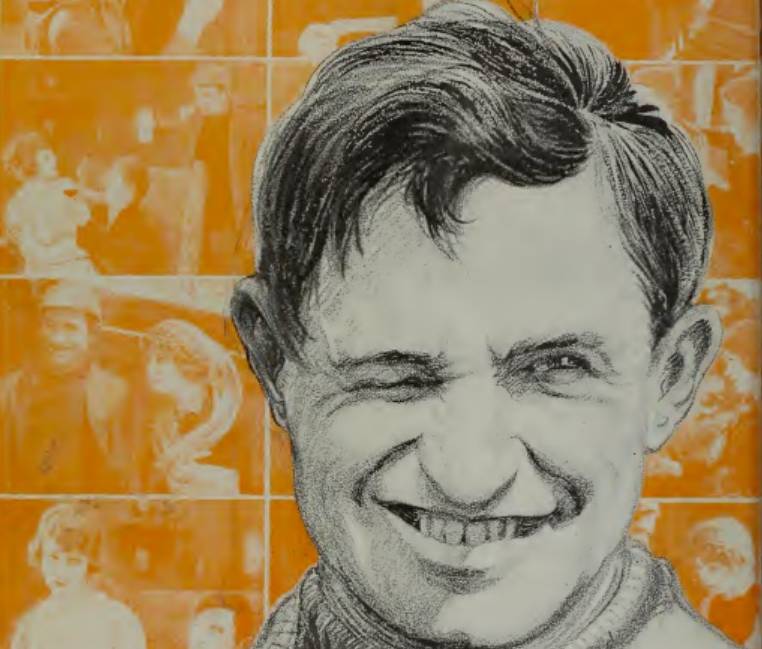 Goldwyn Pictures Corporation, Wikimedia Commons
Goldwyn Pictures Corporation, Wikimedia Commons
18. He Drawled
Part of Rogers' charm was beyond what he said, it was the way he said it. Rogers' slow, stretched-out Western drawl was soothing to his urban, east coast audiences. His charm was undeniable and he soon moved up from the midnight show to the actual Ziegfeld Follies.
Next, Rogers found himself performing in front of the most important person in America.
19. He Criticized The Commander In Chief
At one of Rogers’ performances at the Ziegfeld Follies, Rogers looked out into the audience and saw then president Woodrow Wilson. That's when Rogers decided to take a huge risk. He ad-libbed a comical indictment of Wilson’s policies. Luckily the president saw the humor in it, and so did The New York Times.
They compared Rogers to Aristophanes—the ancient Greek “father of comedy”—speaking truth to power. It was high praise, and it sent Rogers’ career in a new and exciting direction.
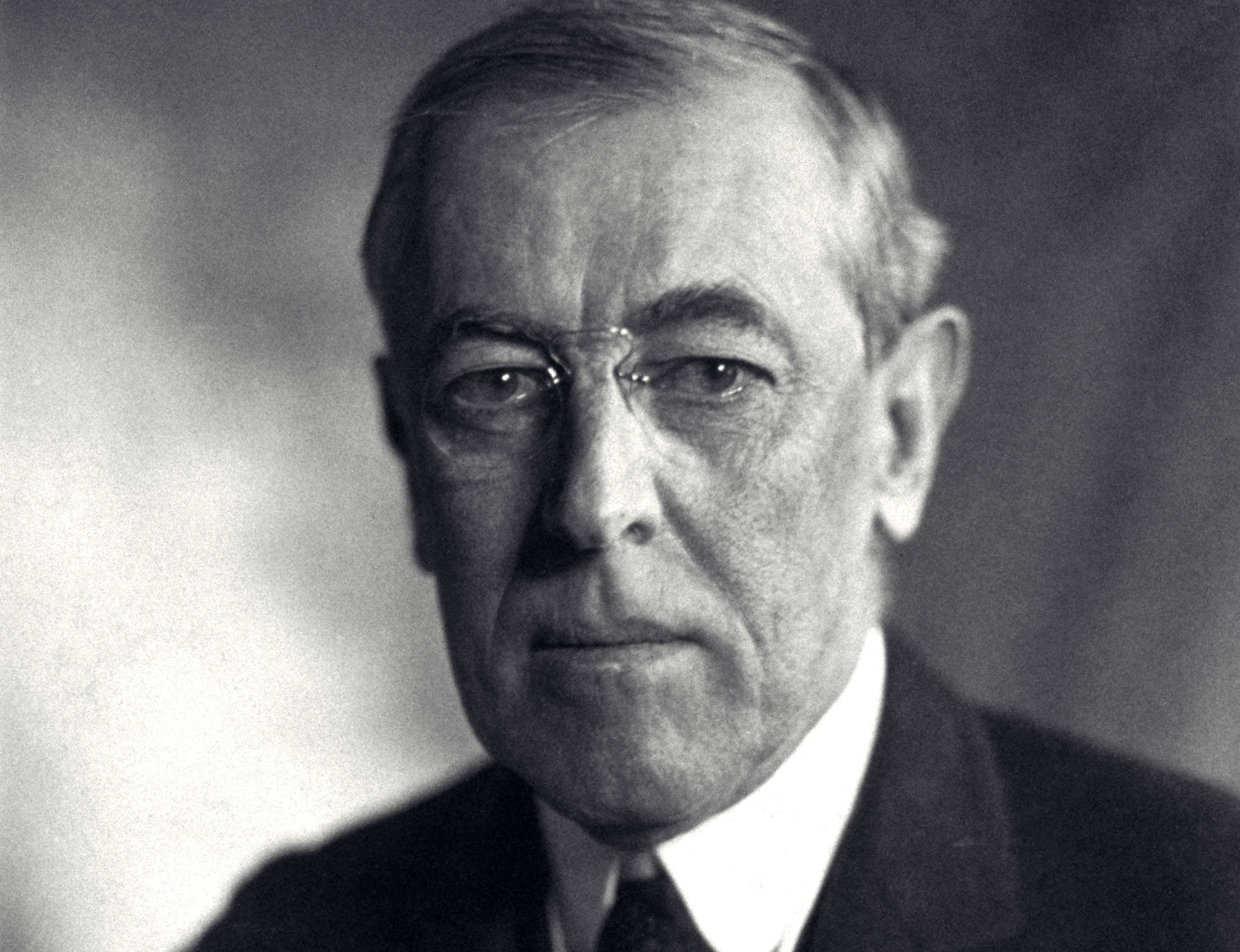 Harris & Ewing, Wikimedia Commons
Harris & Ewing, Wikimedia Commons
20. He Went Silent
Rogers’ first film was silent western Laughing Bill Hyde with Samuel Goldwyn Pictures. Despite the genre, they actually filmed the picture in New Jersey. We know that audiences flooded the theater to see Rogers—but that’s pretty much all we know as no copies of the film exist today.
For his part, Rogers found he loved working in film, and he felt the temptation to make a bold move.
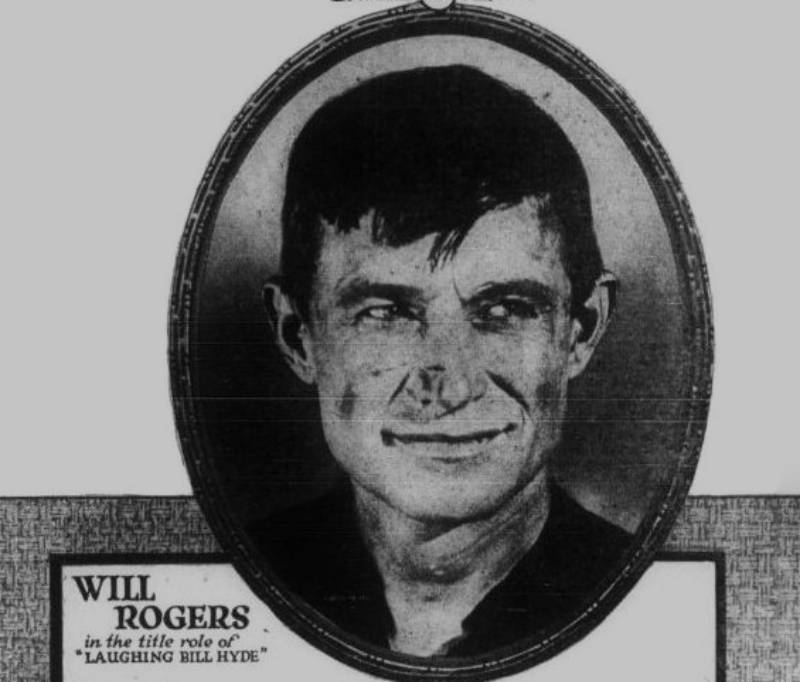 Rex Beach Pictures Company, Wikimedia Commons
Rex Beach Pictures Company, Wikimedia Commons
21. He Went With Them
In the early 1920s filmmaking was moving west to Hollywood. Rogers took the risk and moved with it. Well, it at least it wasn't a financial risk. You see, Samuel Goldwyn had tripled the money Rogers was making with the Follies. Rogers took the money, bought a ranch, and even started his own production company.
But there was one thing he didn't count on.
![]() Underwood & Underwood, Wikimedia Commons
Underwood & Underwood, Wikimedia Commons
22. He Was Muted
While working in the Follies, Rogers had worked hard to get a reputation as a man with a way with words. The problem with movies was that they were still silent. Rogers tried to express himself by writing the dialogue cards that they used in his films, but it wasn’t enough. He made a whole bunch of silent films and then abruptly called it quits.
Just as Rogers was wondering if moving to Hollywood had been a huge mistake, his life went from bad to worse.
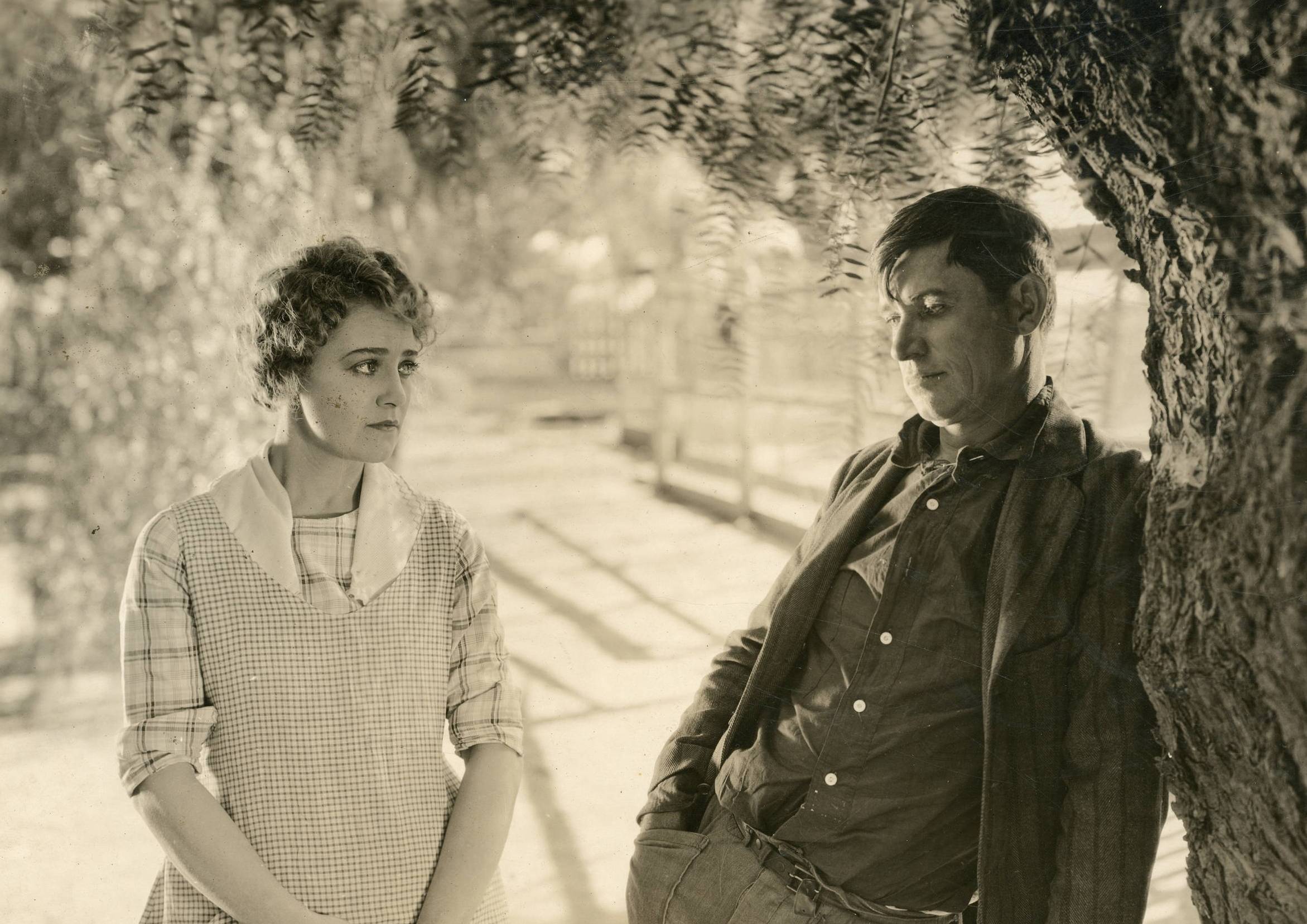 University of Washington, Wikimedia Commons
University of Washington, Wikimedia Commons
23. A Tragedy Struck His Family
Rogers took a break from making films and focused on his family life. By this time, he and his wife had had four children. Back then, diphtheria was still a fatal disease, and Rogers' son Fred caught it and passed at the age of two. The entire family was devastated.
Rogers needed to throw himself into some kind of work. That’s when he realized he had a hidden talent he could share with America.
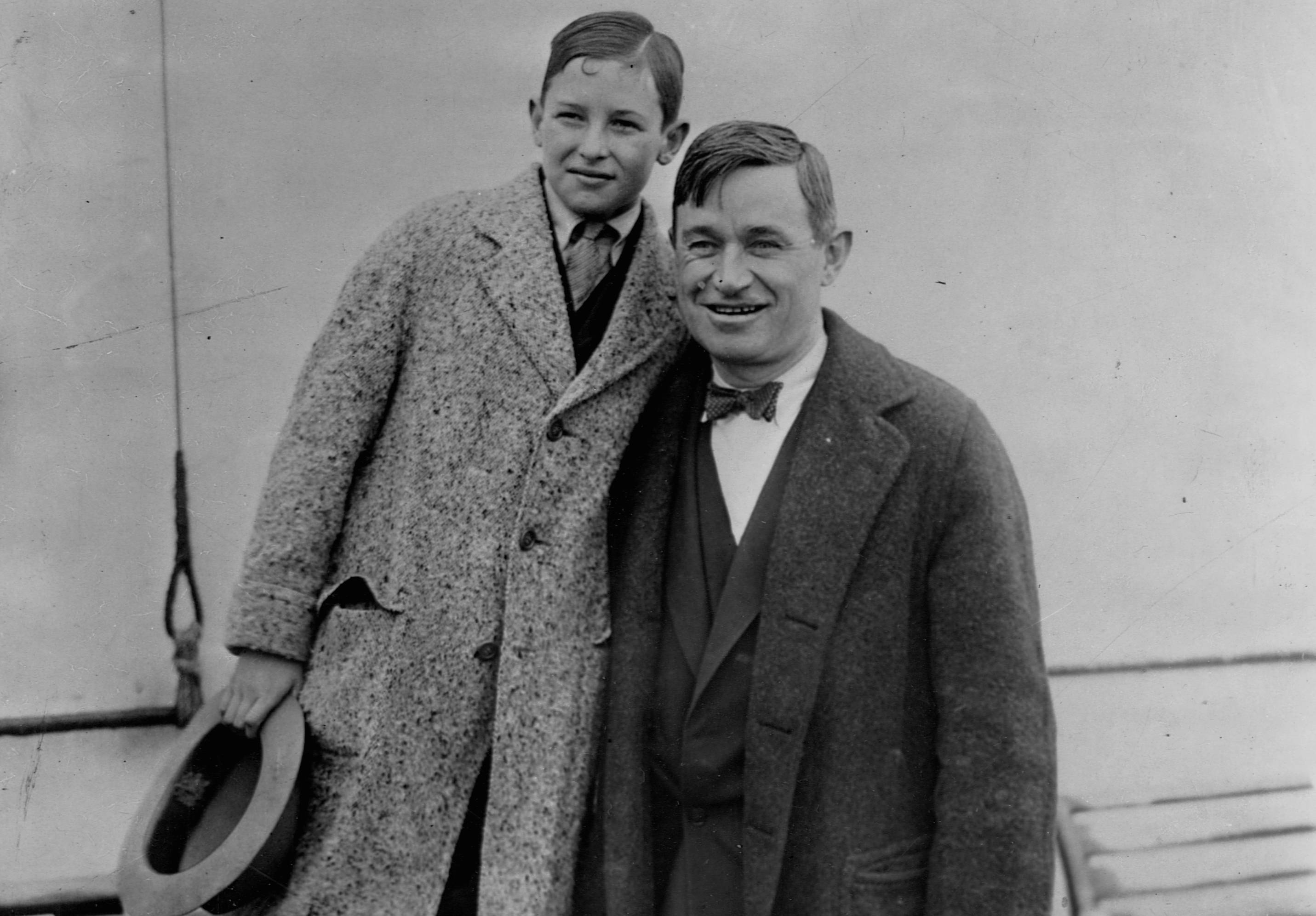 Library of Congress, Getty Images
Library of Congress, Getty Images
24. He Was Dangerous
Even though he’d never finished high school, Rogers found he was a skilled writer, and he began to consistently write for The New York Times. The rest of the country wanted to hear what Rogers was talking about, so his columns also appeared in over 50 other newspapers.
In fact, because he was so popular—and because he was criticizing politicians—that HL Mencken called Rogers “the most dangerous man alive”. And Americans couldn't get enough.
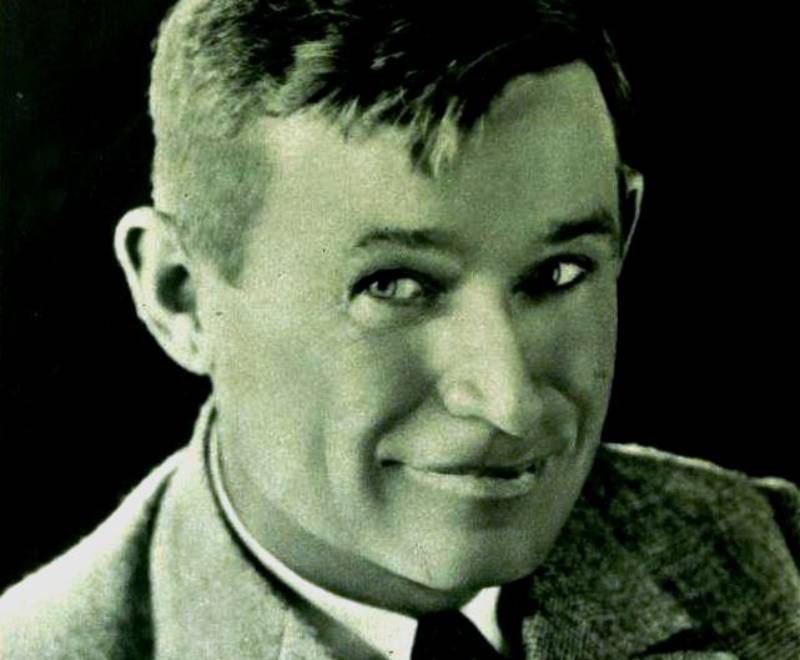 Melbourne Spurr, Wikimedia Commons
Melbourne Spurr, Wikimedia Commons
25. He Spread All Over
In 1926, Rogers was writing a regular column simply called “Will Rogers Says” and this too was immensely popular, reaching 40 million people. His message in everything he wrote had the same general themes: He reminded Americans to be good neighbors and, as far as the country went, he favored staying clear of entanglements on the foreign front.
Since Rogers seems to know everything about international relations, The Saturday Evening Post decided to let him put their money where his mouth was.
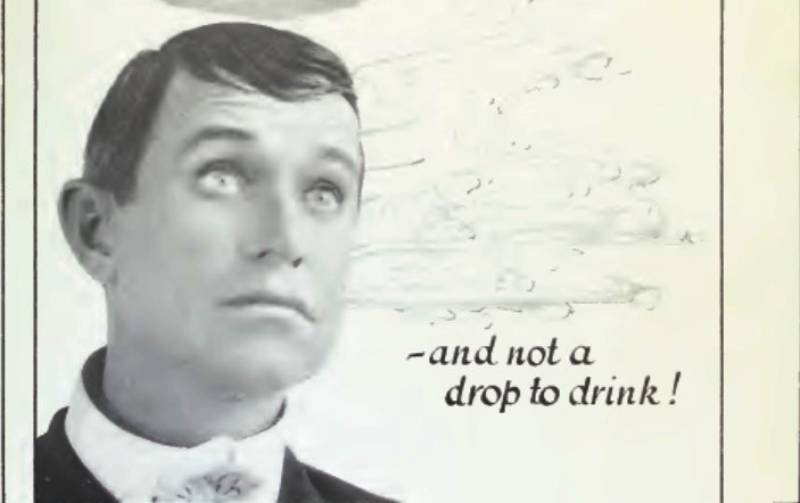 Goldwyn Pictures Corporation, Wikimedia Commons
Goldwyn Pictures Corporation, Wikimedia Commons
26. They Sent Him Away
In exchange for a few articles, The Saturday Evening Post sent Rogers on an all expenses paid European tour. On the trip, Rogers traveled from capital to capital, meeting with everyday people and also those who shaped the events of the world. When the tour was over, Rogers took a moment to think about what he’d learned.
Soon, he came to a disturbing conclusion—one that would soon come to pass.
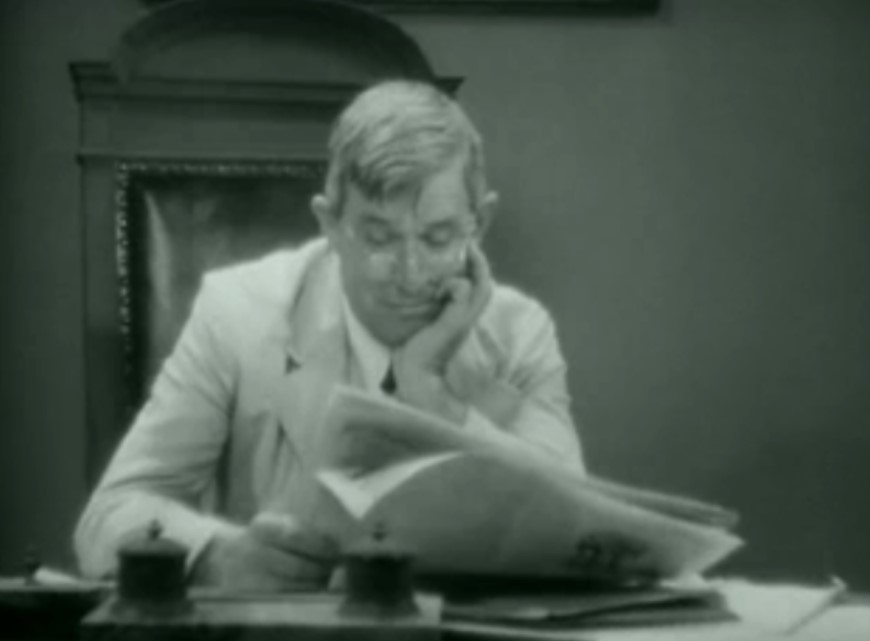 Sol M. Wurtzel, Wikimedia Commons
Sol M. Wurtzel, Wikimedia Commons
27. He Saw it Coming
After touring Europe, Rogers looked into the future and saw a major conflict on the horizon for Europe and the rest of the world. Of course, he was predicting WWII—but he had no idea how correct he would end up being. His advice for America was to stay out European affairs for its own sake. As we now know, that didn’t happen.
The country didn’t take his advice—but they certainly threw an enormous amount of trust his way.
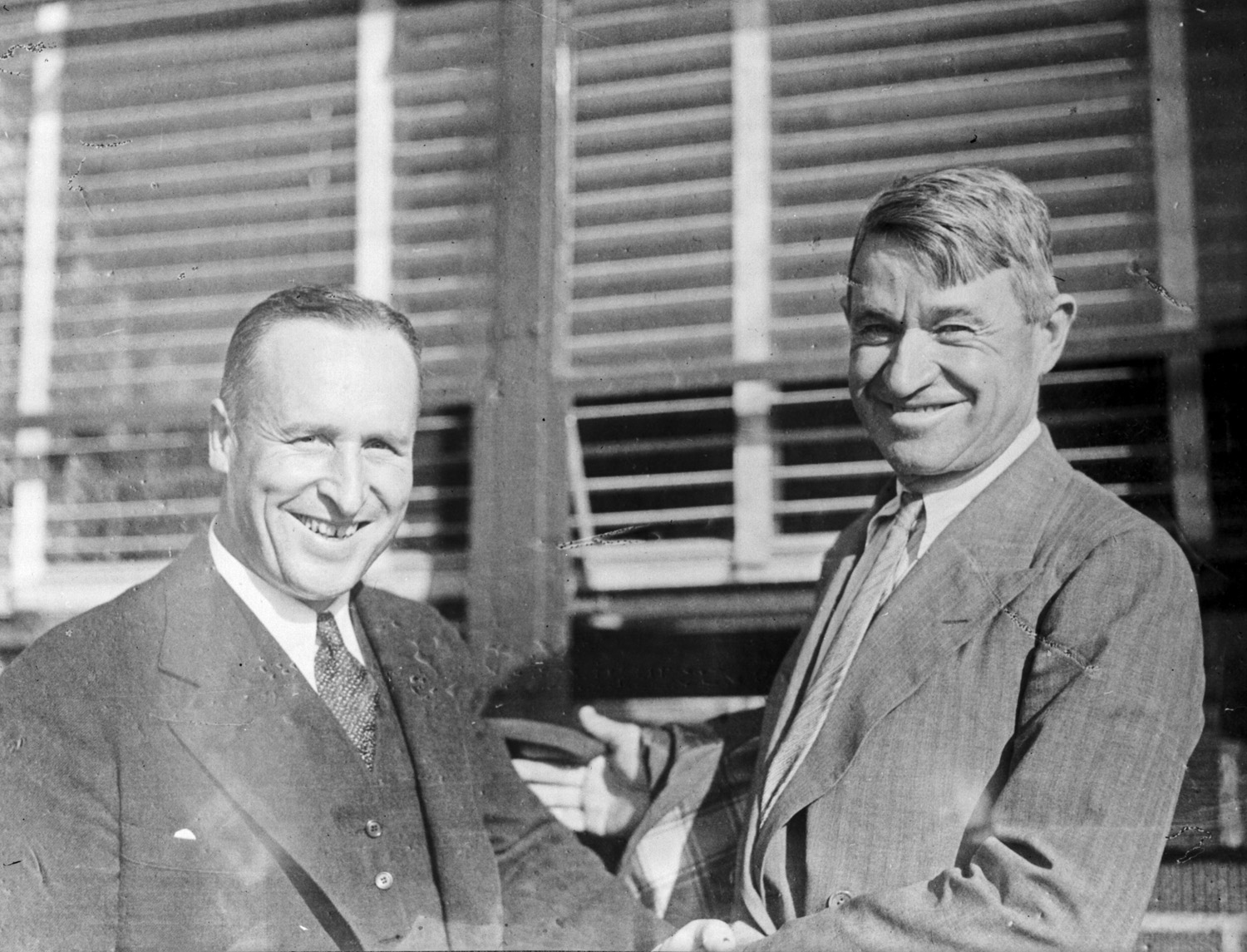 Seattle Municipal Archives from Seattle, CC BY 2.0, Wikimedia Commons
Seattle Municipal Archives from Seattle, CC BY 2.0, Wikimedia Commons
28. He Was Part Of School
The thing about Will Rogers was that Americans trusted him. Their trust was so deeply rooted that they even made him part of the school system. Some teachers went to the extreme measure of taking their students out of class to see go see Rogers’ movies. It seemed that no one in the United States had an unkind word for Rogers.
Outside of the United States? That was a different story.
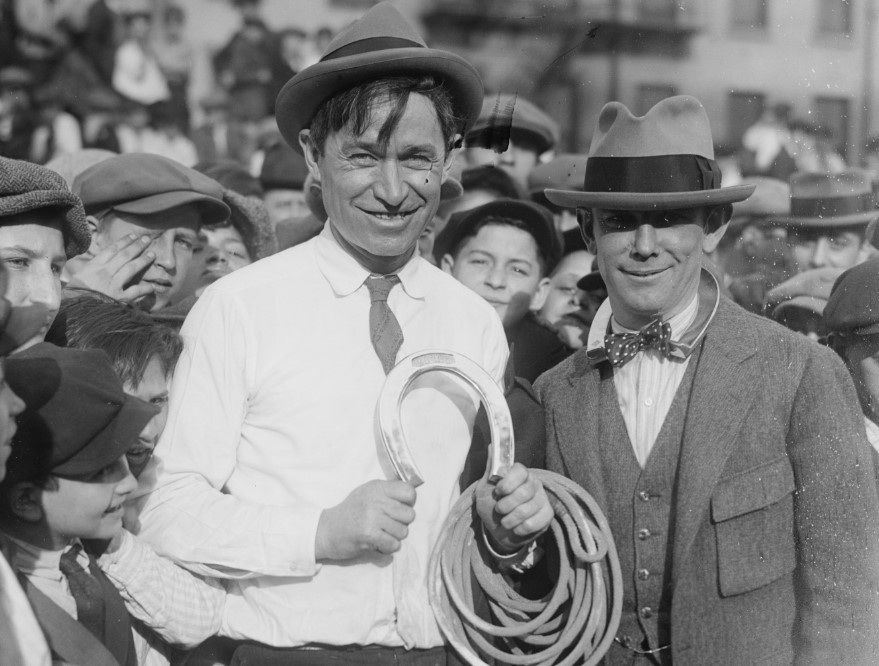 Bain News Service, Wikimedia Commons
Bain News Service, Wikimedia Commons
29. He Saw Through Him
While supporters of Rogers said that he “reflected iconic American values," not everyone thought that was a good thing. British film critic David Thomson called Rogers’ opinions rigid, and thought that Rogers allowed Americans to stick with their own prejudices—of which they had plenty.
But that wasn't the only thing about Rogers that made people mad.
30. He Was A Fence Sitter
One thing that may have infuriated his critics was that Rogers, unlike most Americans, tended not to choose sides. In 1932 he put his support behind Franklin D Roosevelt who was a Democrat. But back in 1924, his support had gone to Republican Calvin Coolidge. In fact, he’d—at one time or another—been the key orator at both the Republican and Democratic conventions.
Rogers stuck to his nonpartisan status, even later when he put his own name on the ballot.
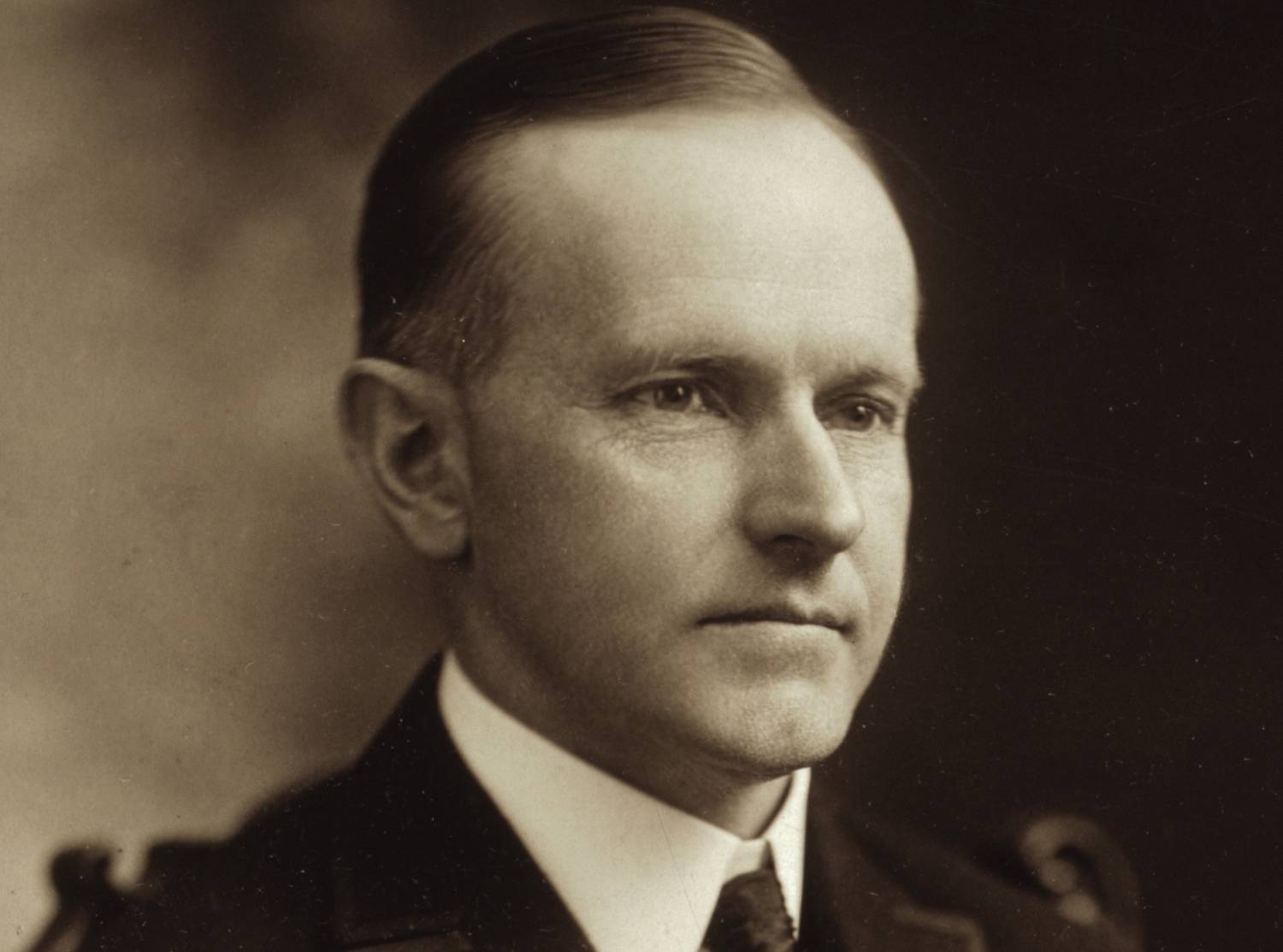 Notman Studio, Wikimedia Commons
Notman Studio, Wikimedia Commons
31. He Ran For The Top Spot
Rogers thought it would be fun to campaign to be the president of the United States. Life magazine was behind the idea, and they created a political party just for Rogers: the Anti Bunk Party. They hoped that this would mean that Rogers wouldn’t talk the same “bunk” that the other politicians did. In fact, they called him the “bunkless candidate”.
While his run for the presidency was mostly a joke, it contained some serious advice for future contenders.
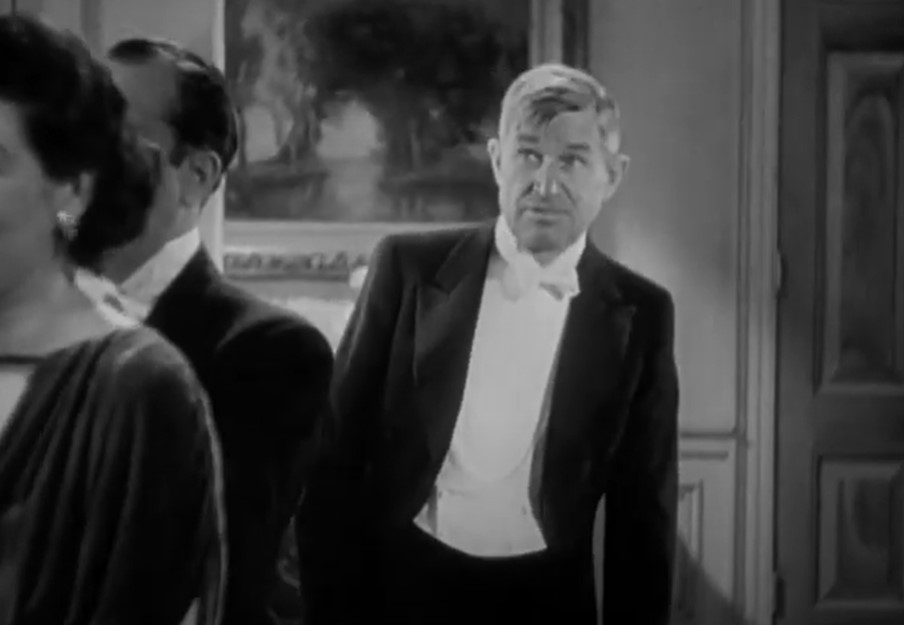 Twentieth Century, In Old Kentucky (1935)
Twentieth Century, In Old Kentucky (1935)
32. He Had Advice For Today
It seems that today’s politicians could certainly learn a thing or two from Rogers’ run for the presidency. When asked about a candidate’s image, he said that he hoped there were “some sane people who will appreciate dignity and not showmanship in their choice for the presidency". Good advice indeed.
Rogers was having a good time riling up America, but there was a new technology coming that would steer Rogers’ career in another direction.
33. He Got To Speak
With the advent of the talkies, Rogers finally got what he wanted. He could be in a film and audiences could actually hear the words coming out of his mouth. But Rogers had an unusual idea about movies. To him they were just another way to showcase himself. He said “no” to wearing makeup and didn’t really take on any mannerisms that weren’t his own. You could call him the opposite of a method actor.
With Rogers, directors got exactly who they hired. But it was the writers who may have been angry with him.
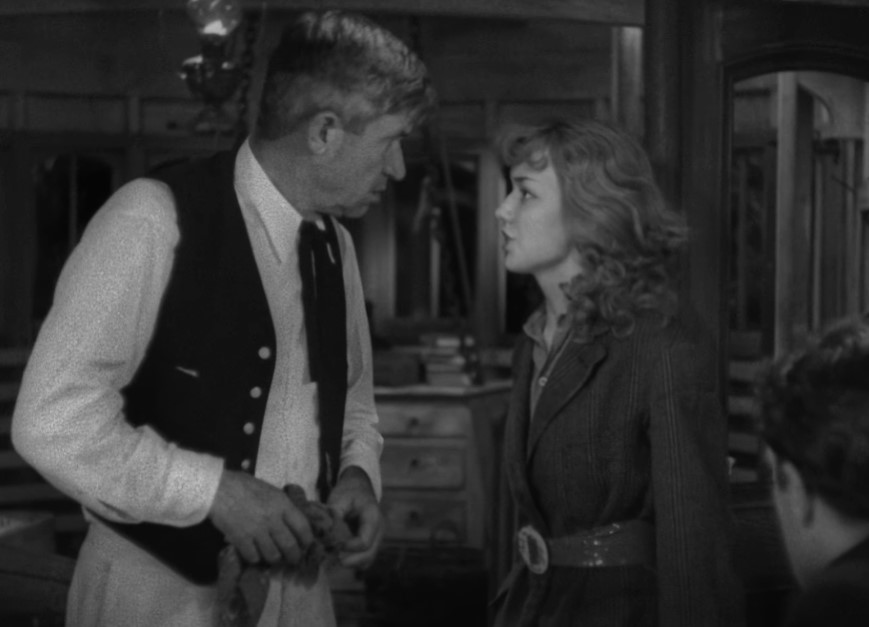 Twentieth Century, Steamboat Round the Bend (1935)
Twentieth Century, Steamboat Round the Bend (1935)
34. He Said His Own Thing
Not only did Rogers not play any characters, he also brought his own personal ideas to the films he was in. Even when there was a script for a film, Rogers managed to inject his political leanings with ad libbed lines that likely sent his co-stars into a tizzy. Then, one Oscar night, Rogers’ ad libbing got him into a heap of trouble.
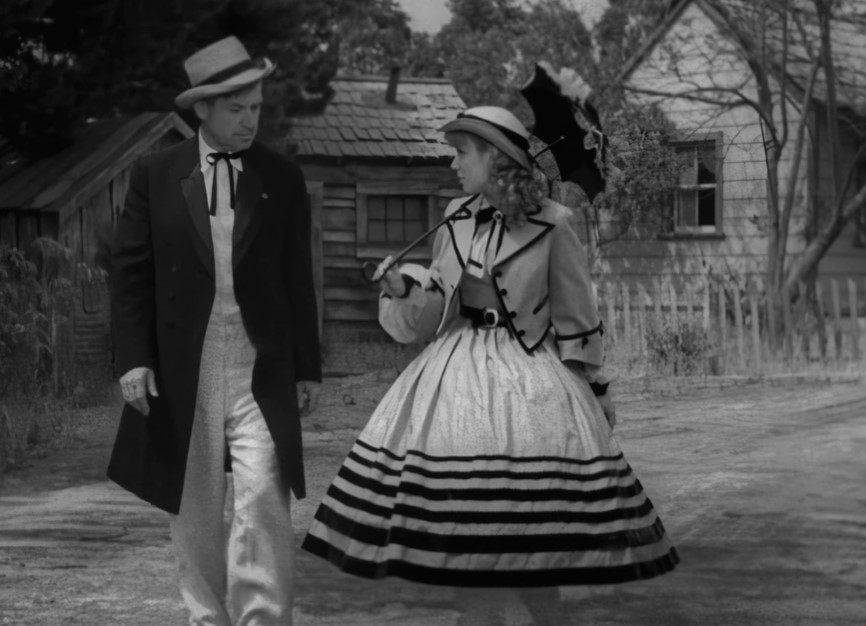 Twentieth Century, Steamboat Round the Bend (1935)
Twentieth Century, Steamboat Round the Bend (1935)
35. It Was A Major Slip Up
When Rogers was handing out awards at the 1933 Oscars, he decided to let his performance ooze with his simple charm. Instead of formally announcing the winner of Best Director award, he casually said, “Come and get it Frank”. Frank Capra walk halfway down the aisle to accept his first Oscar when he realized that Rogers was talking to Frank Borzage.
I wonder if Capra thought about going up to Rogers and slapping him?
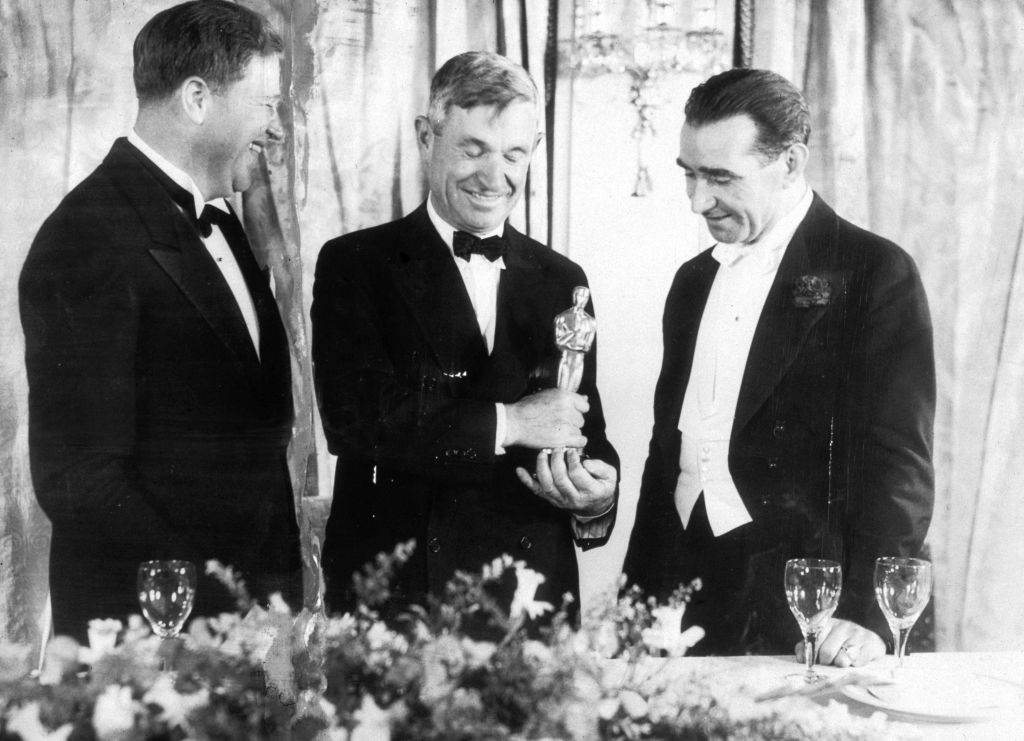 New York Times Co., Getty Images
New York Times Co., Getty Images
36. They Still Loved Him
In spite of his blunder at the Oscars, America and Hollywood still loved Rogers. In fact, just one year after he blew it on Oscar night, he was voted the most popular man in Hollywood. And then the love even went a step further.
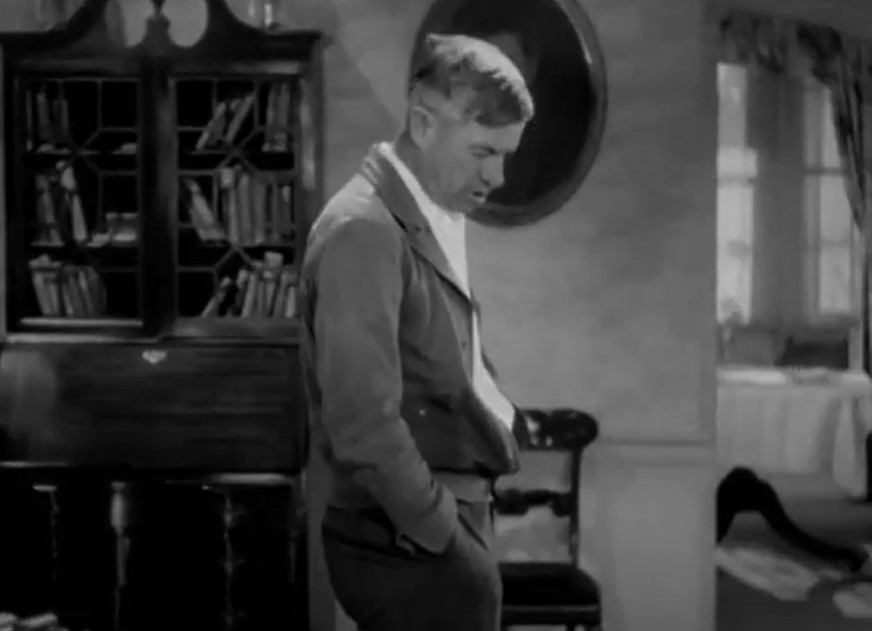 Twentieth Century, In Old Kentucky (1935)
Twentieth Century, In Old Kentucky (1935)
37. They Made Him The Boss
At one point in his life, Rogers became the honorary mayor of Beverly Hills. Sadly, this only lasted a few weeks. Whoever bestowed the title on to Rogers hadn’t done their homework. The legislation of California made it clear that an honorary mayor was not at all legal. Rogers took it in stride, saying that he was not “the first mayor that’s been kicked out”.
Rogers’ popularity was at an all time high as he headed for an ominous performance in San Bernardino, California.
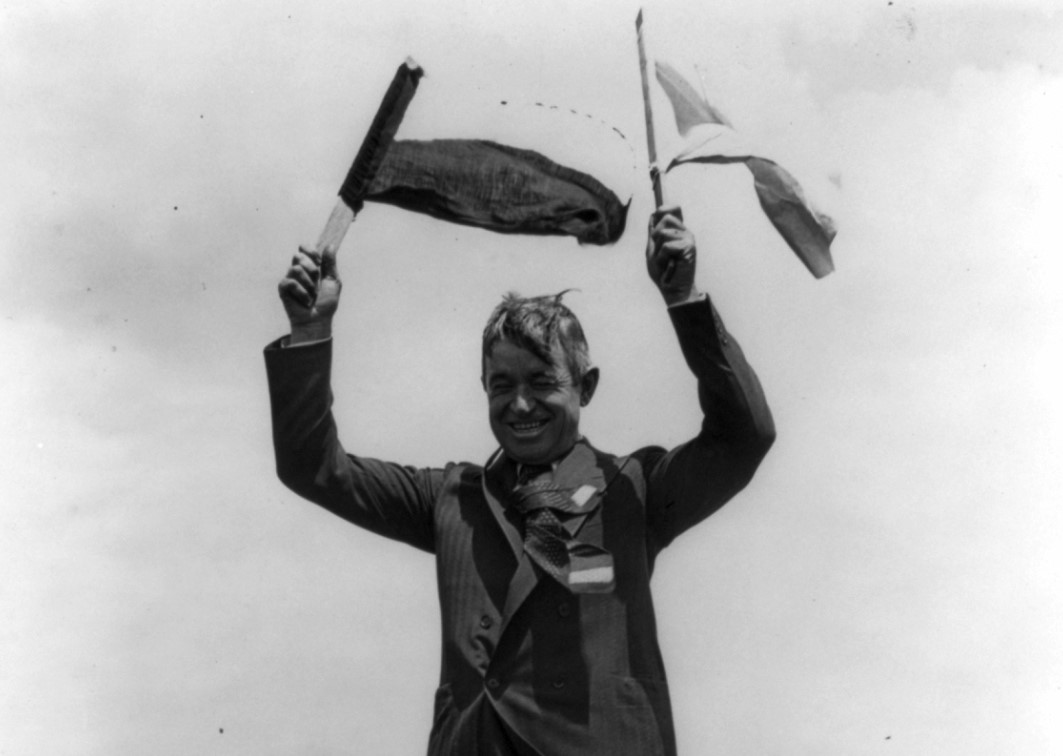 Underwood & Underwood, Wikimedia Commons
Underwood & Underwood, Wikimedia Commons
38. It Was The Last One
On August 15, 1935, Rogers stepped on to the stage at the California Theater in San Bernardino, California. To Rogers it was likely just like any of his live performances. As always the audience loved him. What no one knew—not even Rogers himself—was that this would be his last performance ever.
39. He Liked To Fly
Rogers had a huge love for aviation, and he gave more than a few of his newspaper columns over to convincing Americans that airplanes were convenient, fast, and most of all safe. He counted among his friends Charles Lindbergh, who made the first nonstop flight from New York to Paris. Another aviation friend was pilot Wiley Post.
Sadly, this friendship would end up being fatal for both of them.
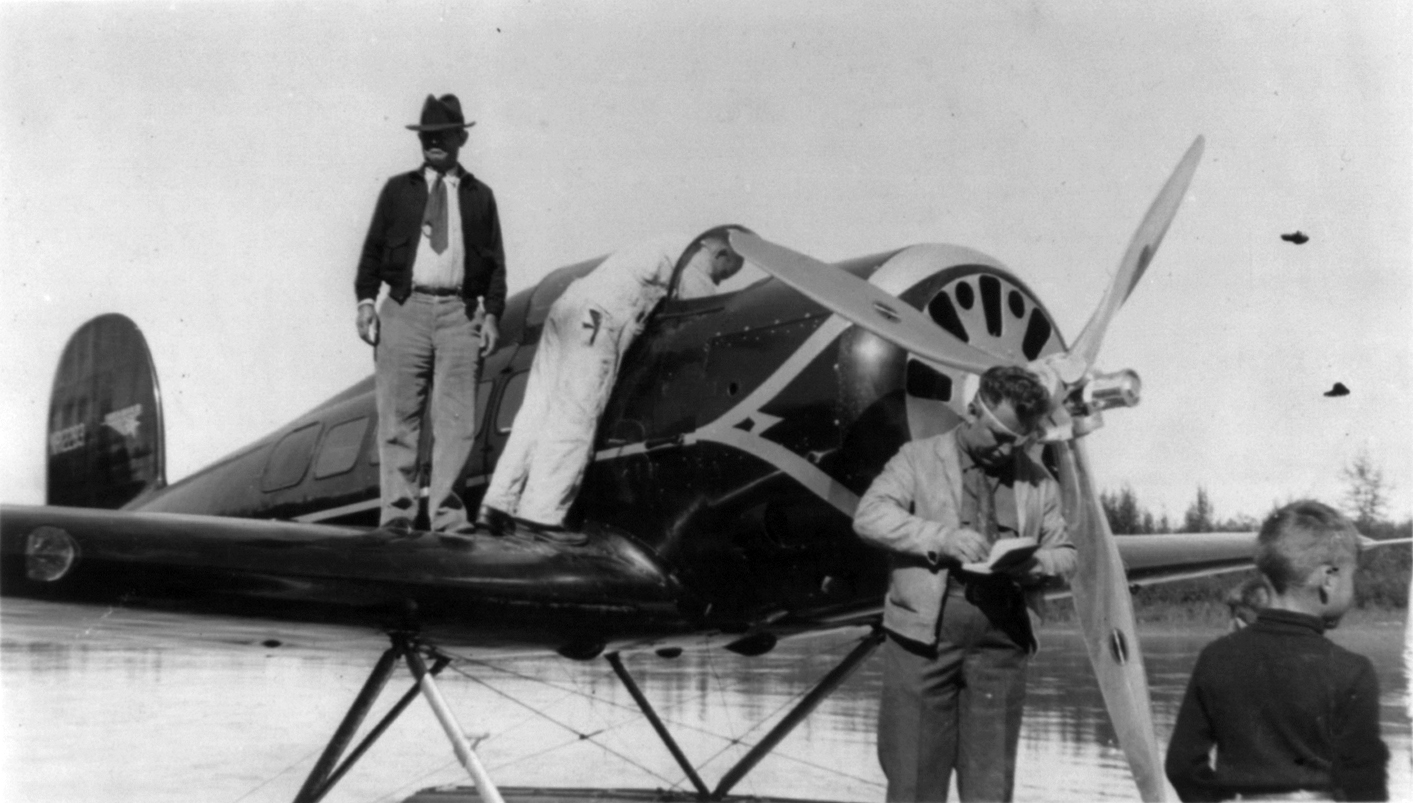 Leonhard Seppala, Wikimedia Commons
Leonhard Seppala, Wikimedia Commons
40. He Had An Idea
In 1935, Post was looking into establishing a route between Washington State and Russia. As Rogers watched Post preparing his airplane for the journey, he got an idea. He would go with Post as far as Alaska. This way Rogers would have something new to write about in his column. Post said yes and the two boarded the plane in Renton, Washington.
They had no idea the tragedy that was before them.
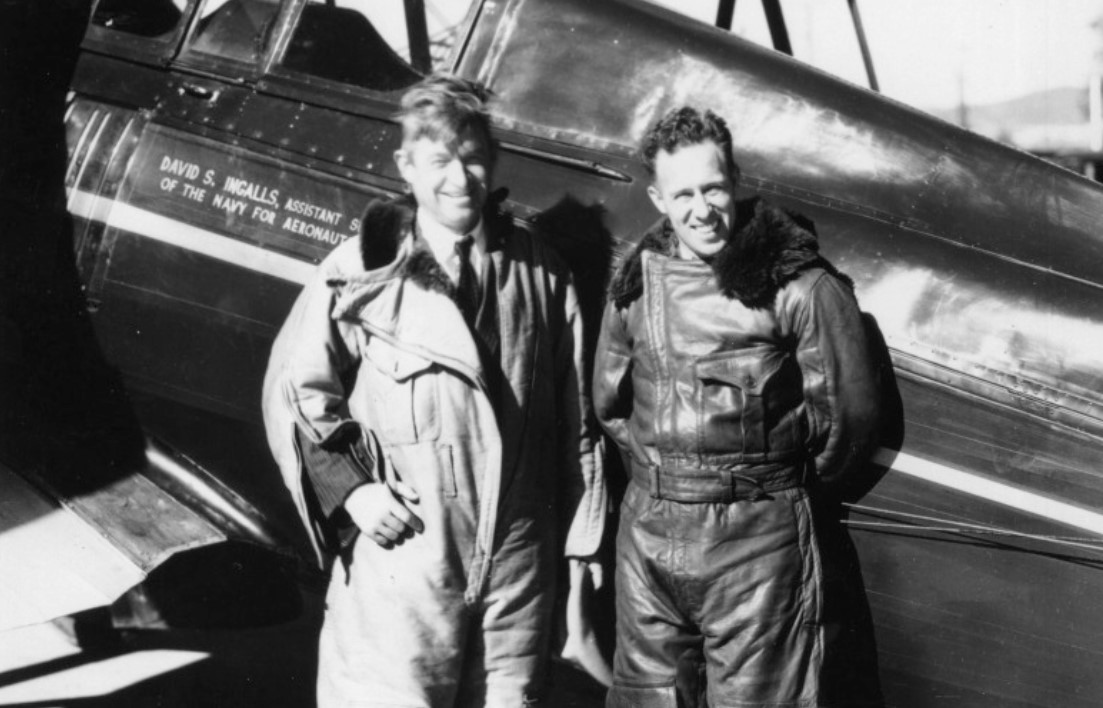 San Diego Air & Space Museum Archives, Wikimedia Commons
San Diego Air & Space Museum Archives, Wikimedia Commons
41. He Wrote In The Air
Post had outfitted his airplane with large floats that would allow him to land in lakes and that’s exactly what the two men planned to do. While Post piloted the plane, Rogers sat at his typewriter and worked on his column. They successfully landed in Fairbanks, Alaska and the next leg of the journey would take them to Point Barrow, the Northernmost place in the US.
Neither man would live to see Point Barrow.
42. They Got Lost
On August 15, 1935, Rogers and Post left Fairbanks for Point Barrow. They were 20 miles south of their target when they hit some bad weather, making it difficult to know their location. They were so lost that they decided on an extreme course of action. They’d do an unscheduled landing in a lagoon and simply ask around for directions.
They landed successfully, got their directions and prepared to take off once again.
 USCG Press, CC BY 2.0, Wikimedia Commons
USCG Press, CC BY 2.0, Wikimedia Commons
43. It Just Stopped Working
Post began the take off procedure and things were going ok. That is until Post noticed that the engine had inexplicably stopped working. The plane suddenly and dangerously descended back into the lagoon. The impact of hitting the water tore the right wing off, and the plane somehow ended up upside down in the lagoon. Both Rogers and Post lost their lives instantly on impact.
It was a stunning and senseless loss, and America wanted to know how it happened.
44. There Were Theories
Rumors quickly arose as to why the plane crashed. One theory blames those floats that Post had attached to the plane for being the wrong size. There was another theory that proposed that Post ignored advice to adjust the generator on the plane, and that he took risks considering the weather.
Regardless of the reason, fans were mourning the loss of Rogers. Luckily, they were about to get a message from beyond the grave.
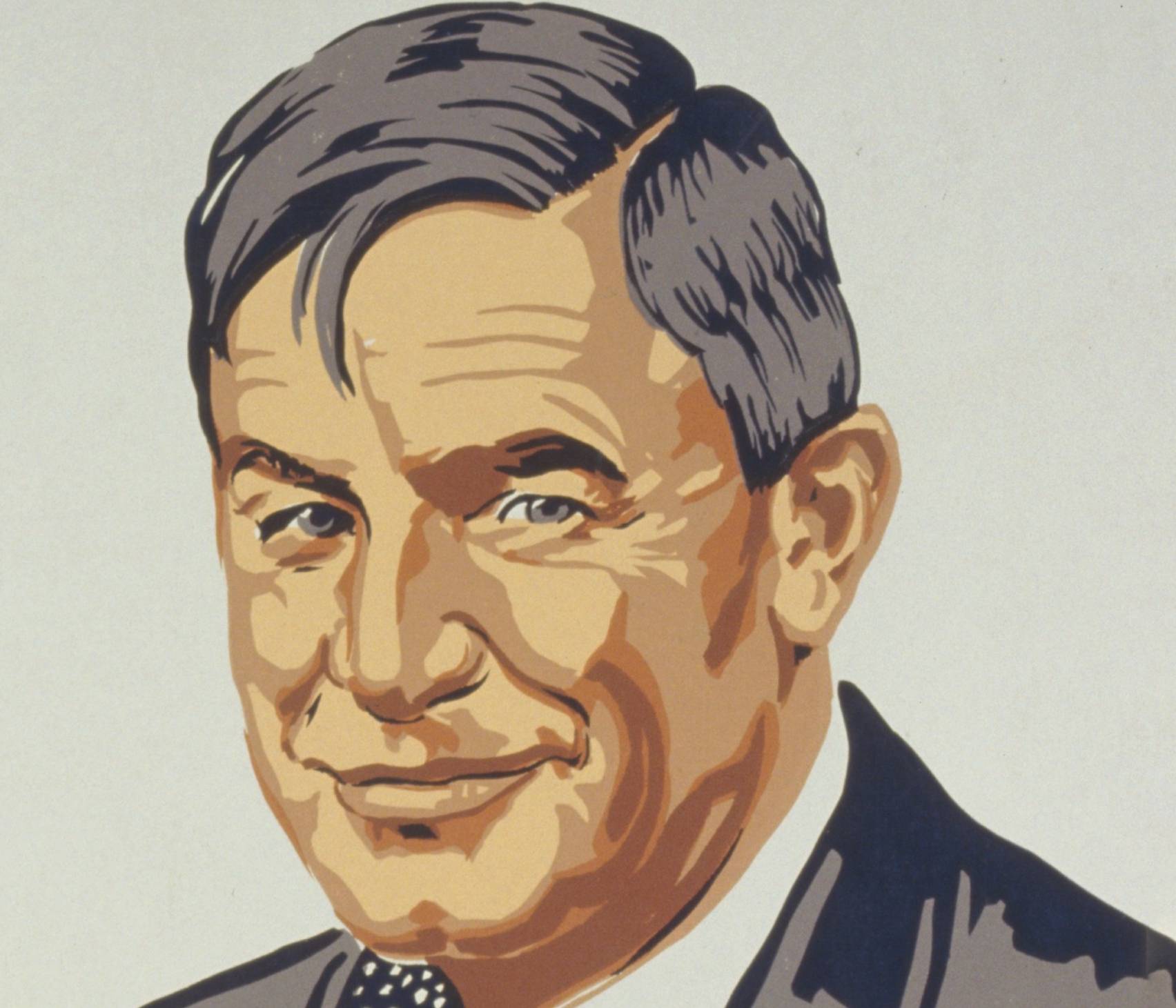 Work Projects Administration Poster Collection, Wikimedia Commons
Work Projects Administration Poster Collection, Wikimedia Commons
45. He Stayed On
The day before Rogers began that fatal journey, he’d signed a deal for ten movies with Twentieth Century Fox. Luckily he’d already made two of them. Steamboat ‘Round the Bend and In Old Kentucky came out after his tragic accident. But there was a problem. They had to change the ending for Steamboat ‘Round the Corner.
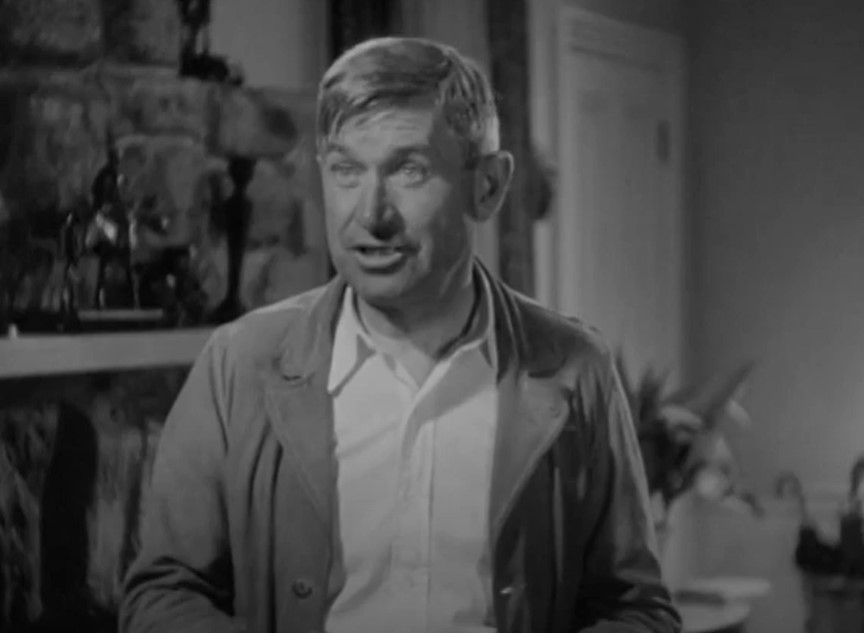 Twentieth Century, In Old Kentucky (1935)
Twentieth Century, In Old Kentucky (1935)
46. It Was Too Emotional
The last scene of Steamboat ‘Round the Bend shows Rogers waving goodbye. Producers thought that the audience would see their beloved Rogers as if he was saying goodbye to them personally. Since they didn’t want theatergoers to leave the cinema in tears, they cut the ending.
America was clearly feeling the loss of a great one, and Rogers’ wife knew just what to do about it.
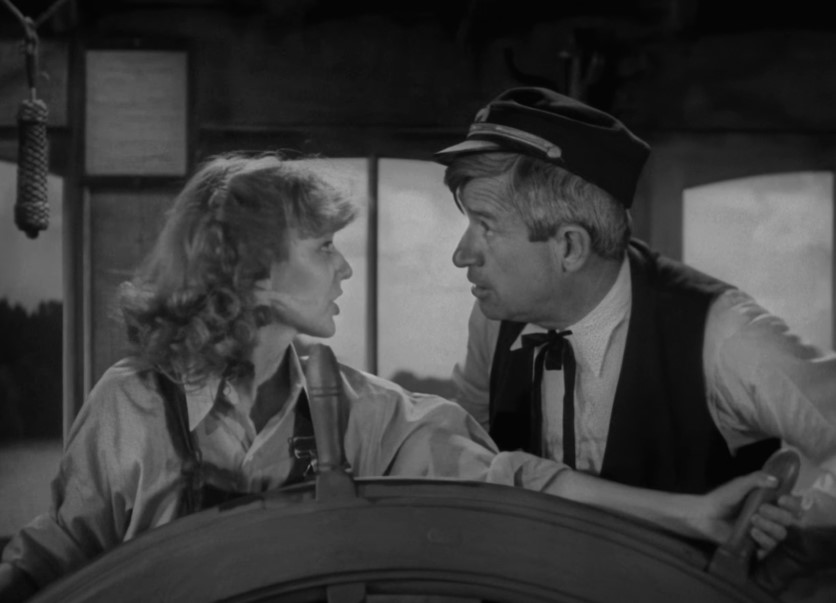 Twentieth Century, Steamboat Round the Bend (1935)
Twentieth Century, Steamboat Round the Bend (1935)
47. She Wanted Something Bigger
They laid Rogers to rest in Los Angeles, but Rogers’ wife, Betty, wasn't happy with this. She knew that she—and America—needed a more impressive place to mourn the loss of someone so important. She decided to have a memorial built in Claremont, Oklahoma. President Franklin Roosevelt was even on hand to dedicate the memorial.
They moved his body to the memorial in 1944, and then something astonishing happened.
48. She Wanted To Be with Him
Nine years after his fatal crash, Rogers was finally resting in the memorial. Betty also arranged to have Fred, the son who’d passed in infancy, resting beside his dad. When everything was set, a strange thing happened. As if she was waiting for her husband to finally be in his right place, Betty Rogers also passed.
Clearly, Betty had been missing her husband. As it turned out, the rest of America still wasn’t finished mourning him as well.
 Okiefromokla, Wikimedia Commons
Okiefromokla, Wikimedia Commons
49. They Kept Him Alive
Once Rogers was gone, it seemed that America was desperate to keep him alive. The US post office issued two stamps in his honor, and there’s even a turnpike with his name on it. At the Will Rogers Memorial, tourists drop by and purchase Will Rogers memorabilia. Even the digital age has not forgotten Rogers. In 2019, Google honored him with a Google Doodle on his 140th birthday.
I’m sure all this would have made Rogers a proud man—but there was one thing I guess Rogers was most proud of.
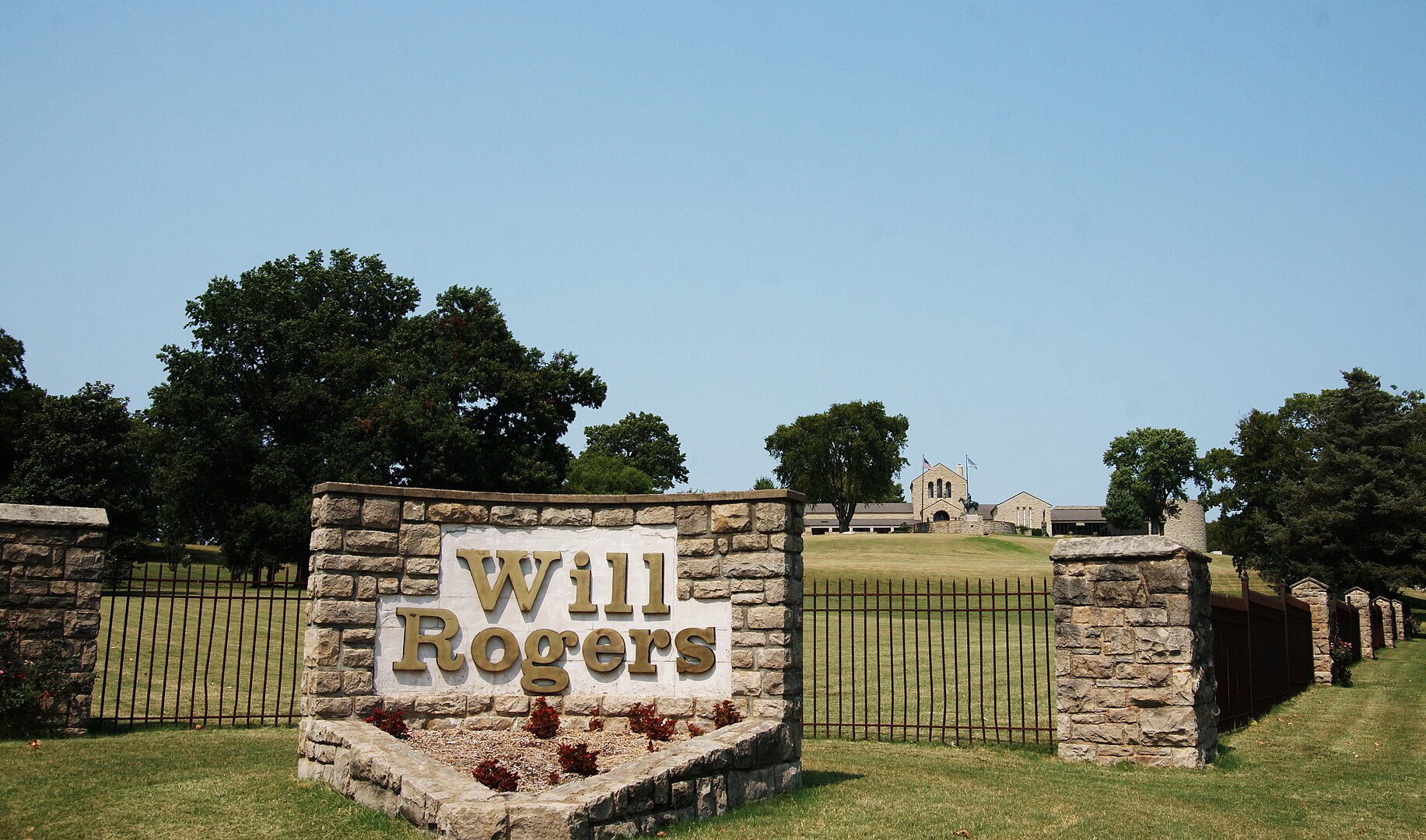 RBraley, CC BY-SA 4.0 , Wikimedia Commons
RBraley, CC BY-SA 4.0 , Wikimedia Commons
50. He Went Down In The Record Book
Rogers made it into the Guiness Book of World Records for simultaneously throwing three lassos. The first one circled the neck of the horse, the second one got the rider, and the third took in all four legs of the horse. This amazing feat suddenly makes writing for The New York Times seem like a piece of cake.

